|
Created: 17th February 2006 Updated 17 Jan 2020
|
|
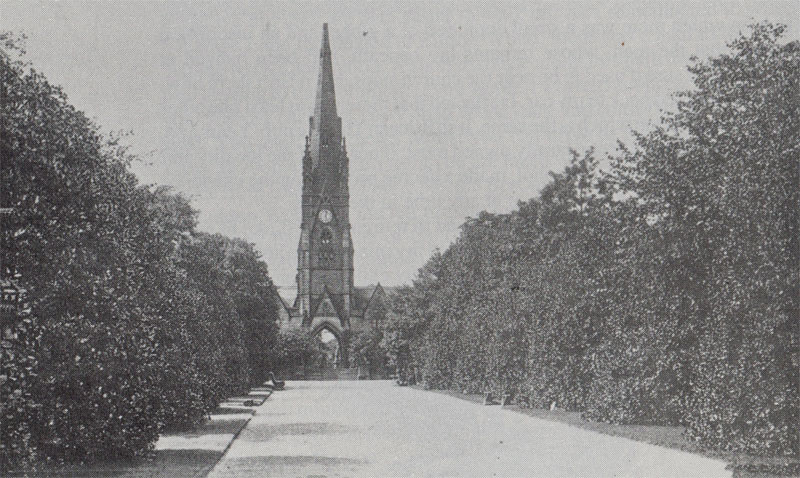 both these approx 1890 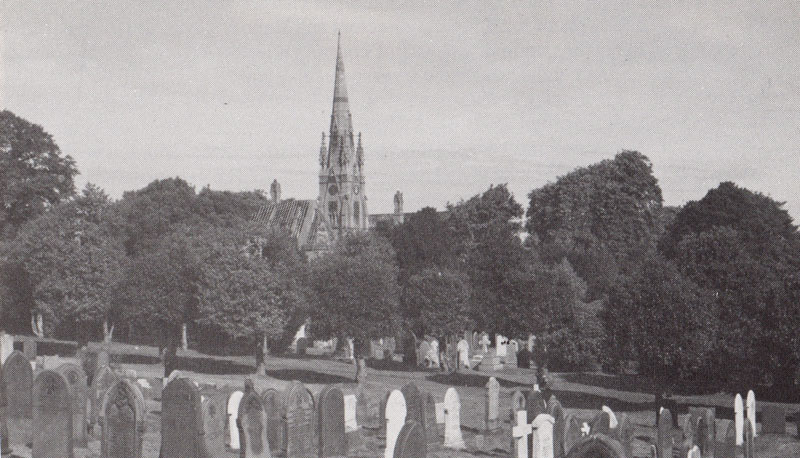 |
|
|
Rapid growth in Birkenhead's population made it necessary for the provision of a municipal cemetery. Originally planned in the 1840s, Joseph Paxton was approached for a design. Due to the recession and subsequent decrease in population the plan went no further. By the 1860s a boom made a municipal cemetery a priority. A competition was held for the design which Edward Kemp, Curator of Birkenhead Park won. The site chosen was flaybrickrick Hill, a prominent location outside of Birkenhead overlooked by Bidston Hill. 16.5 acres were purchased but this was extended to 26 acres in the 1890s. Kemp was assisted by Edward Mills, a prominent Birkenhead surveyor from Hamilton Square, and Messrs Lucy and Littler, architects of Liverpool. The general contractor was William Rimmer of Bidston Hall, with John Miller of St. Helens the contractor for buildings. The cemetery was officially opened 30th May 1864 and named Birkenhead Cemetery. Three Chapels were provided. The Roman Catholic Chapel was demolished in 1971 and a Memorial Wall erected on its site. The two other Chapels for the Non-conformists and the Church of England were last used in 1975. The Registrar's office and Sexton's Lodge are now in private hands. the Friends of flaybrickrick release a dvd which tells the story of Birkenhead and explains how plans for the cemetery caused riots in the town. The dvd also brings to life the drama of the Loc Ah Tam murders and the Vittoria Dock Disaster. Of particular interest to local history buffs will be the interview with Pastor Robb Jeffs, who tells the story of the remarkable Charles Thompson Children’s Mission. The dvd shows the Friends at work in flaybrickrick on the MI Project and outlines their plans for a new free leisure facility for Birkenhead – the £2 million flaybrickrick Bat Study Centre. The dvd also tells how the Friends managed to bring the AGM of the Association of Significant Cemeteries in Europe to Birkenhead – the first time it has been hosted in the UK. |
The Friends have made the dvd themselves, directed by Angus Tilston, who has been with the Friends for over 10 years. Angus is also the founder of Swan Movie Makers who are the dvd’s producers. Over 30 hours of filming were required to make the 51 minute dvd and the project took over a year to complete. The dvd, which contains specially composed music by Martin Pleass, is available at £5 to society members, but you will need to forward a prepaid envelope. Apply to John Moffat, 76 St Johns Road, Eastham, Wirral CH62 OBW. Tel. no. 0151 512 3676. £10 to public, £5 to members. With many mature trees and shrubs, flaybrickrick supports a wide variety of wildlife. As well as the various Finches and Tits etc. the Nuthatch, Green Woodpecker, Sparrowhawk and Great Spotted Woodpecker can also be seen. The familiar Grey Squirrel is the only mammal likely to be seen in the daytime but Voles, Fieldmice, Hedgehogs, Foxes and Bats are all present. The many species of wildflowers which are now left uncut have attracted even more colourful and interesting butterflies and insects. Lichens have found the various headstone materials very much to their liking, making them easily viewed. February 16th 2006: Following on from a successful visit to the Farm two weeks ago, I returned To Tam O'Shanters on February 16th along with my wife Sue, and my daughter Lorna. Here we enjoy the excellent food in the cafe on the Farm. Then with Genevieve & Mark, we went on a tour of flaybrickrick Cemetery, across the road from the Farm. |
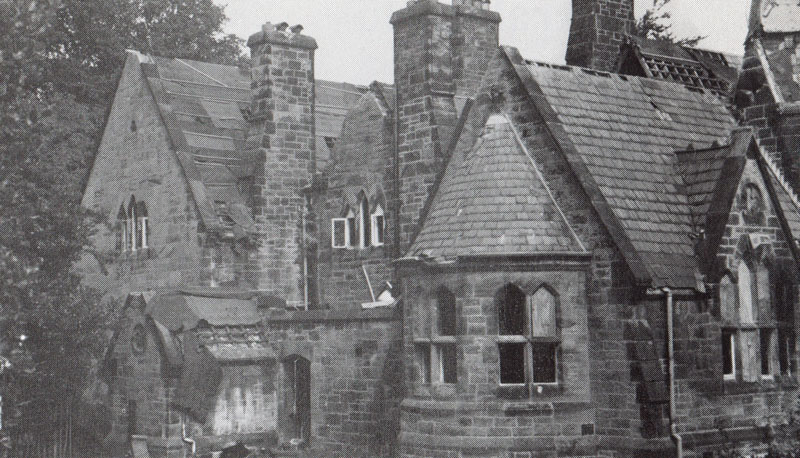 Flaybrickrick Lodge (Grade 3 listed) Fred Griffiths was a well known Birkenhead mason who did work on most, if not all, the churches of Bhead. These two images below are of Fred and his wife atop Flaybrick Chapel. Probably a publicity 'stunt' or image for an brochure of flyer. Second image is a close up of the first. 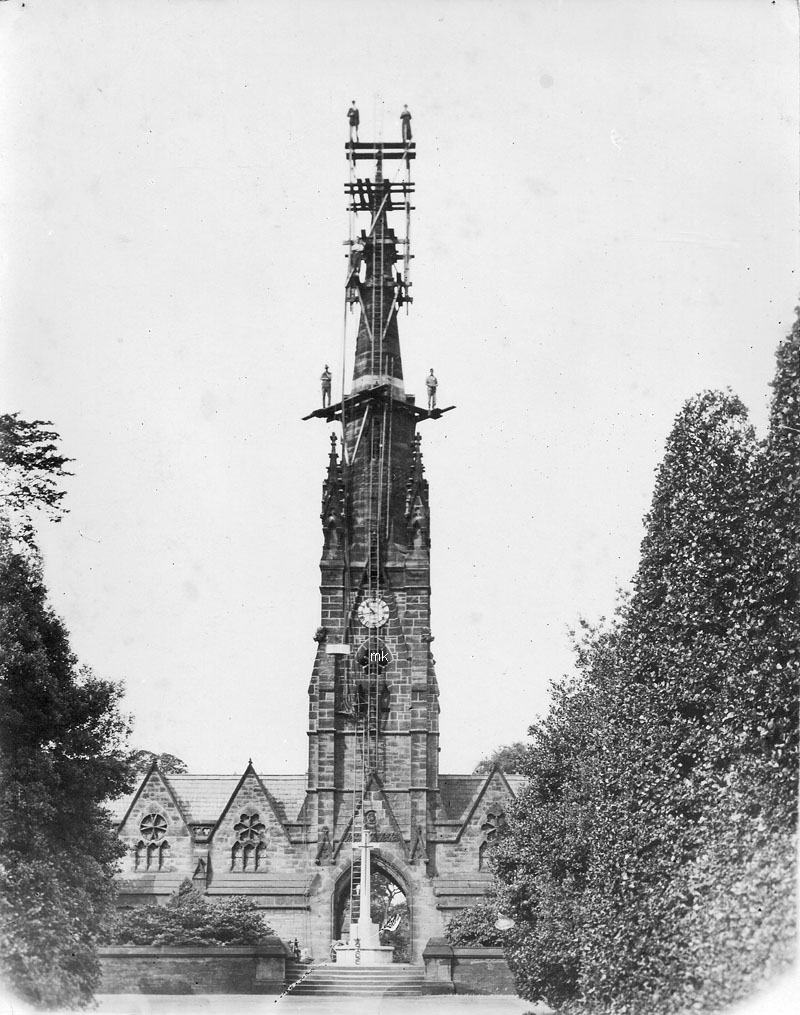 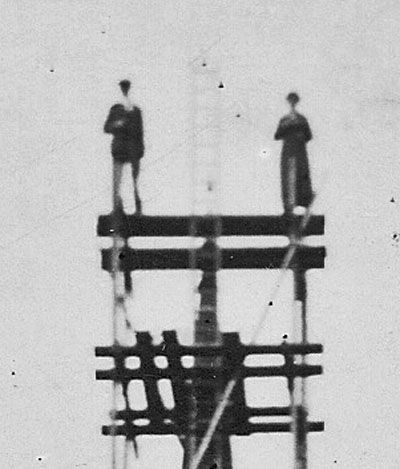 |
|
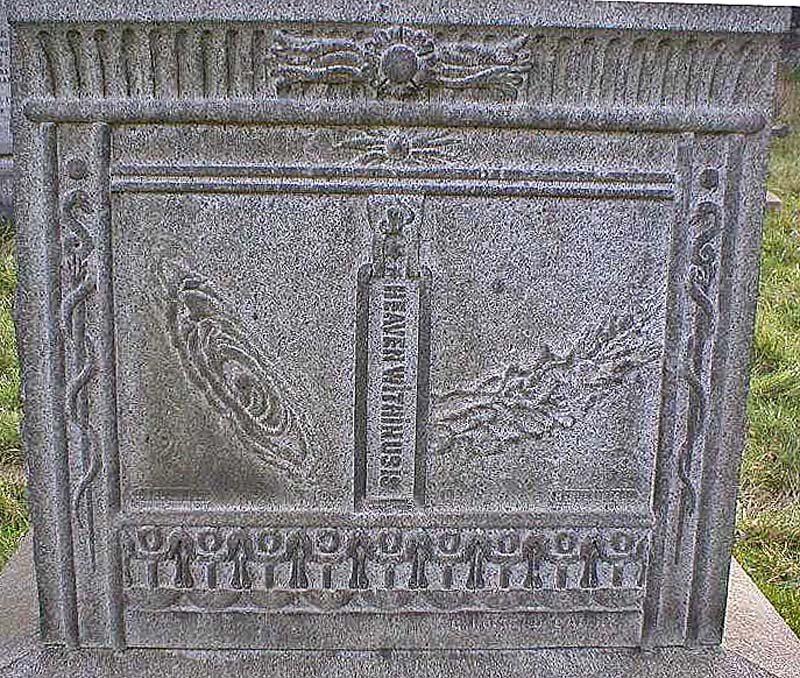 |
Isaac Roberts. This Its a
remarkable piece of sculpture in that its Egyptian in design, beautifully
carved with mummified cats along the top (see also below). Reading down the
centre of this image is "Heaven within us is" - if you translated this
into the words of a 60s popular song "We are star dust"...... We are the
heavens, we are everything and everything is within us = atoms. Born on January 27th 1829, he died in 1904 on July 17th. A businessman from Liverpool. As an amateur astronomer, he became a pioneer in astrophotography. With his self-built 20-inch aperture silver-on glass mirror telescope of 8 feet focal length, he took photographic plates of the sky, intending to create photographic star charts, starting in 1885. In 1886, he took the first good photographs of the Orion Nebula M42 and the Pleiades M45 from Maghull, Lancashire. Then he moved to more southern Crowborough, Sussex and specialized on photographing star clusters and nebulae. In 1888, he obtained a photograph of the Andromeda Nebula M31, well showing its spiral structure. Roberts believed that M31 and other spiral "nebulae" were solar systems in formation, with the satellite galaxies M32 and M110 being planets in formation. Isaac Roberts published his photographes in three volumes of a series, Photographs of Stars, Star Clusters and Nebulae. The first volume was published in 1893, the second in 1899, and the third one posthumously by his widow in 1928. According to Kenneth Glyn Jones, his 20-inch reflector is now in the Science Museum in South Kensington, London (England). |
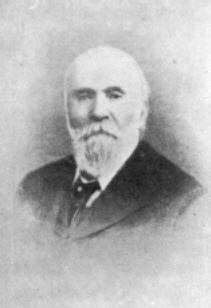 |
The importance of Isaac Roberts's work was
recognised internationally. He was honoured by being elected a
Fellow of the Royal Society, the highly prestigious national academy of
sciences of Britain. He was awarded an honorary doctorate in Dublin. He received the gold
medal of the Royal Astronomical Society in London. He met the American
astronomer Dorothea Klumpke on an eclipse expedition and they later
married.
A crater on the Moon has been named Roberts to honour him (actually it is named after both Isaac Roberts and Alexander W. Roberts, a South African astronomer, 1857-1938): it is situated on the Far Side of the Moon, close to the lunar North Pole. Although he lived most of his life outside Wales, and carried out his astronomical work in England (in Birkenhead, Liverpool and Sussex), he continued to have strong links with his native country. He therefore commands a very prominent position in our survey of Welsh astronomers. |
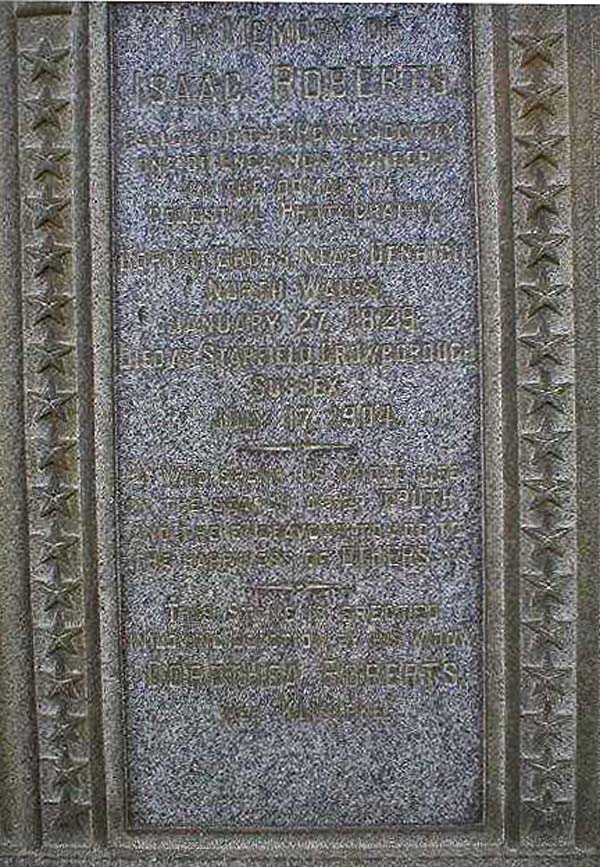 |
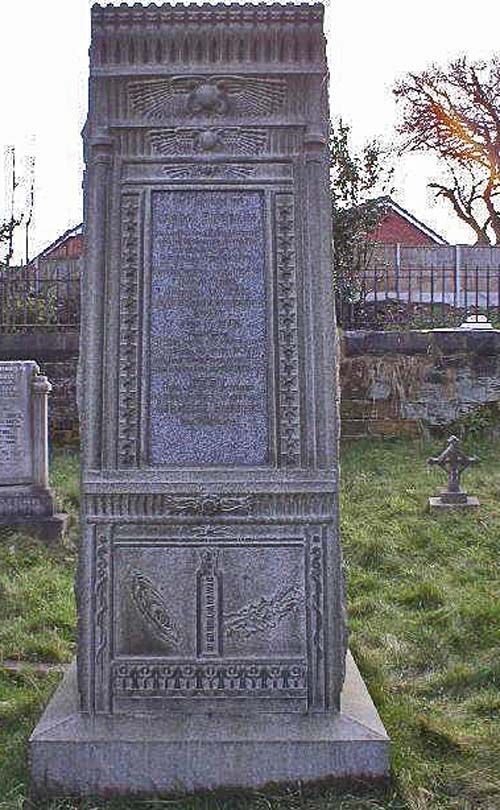 |
|
Part of the inscription of the tomb. The left image is a galaxy, the right image a nebula and the centre in a form of a cartouche, "Heaven Within Us Is". |
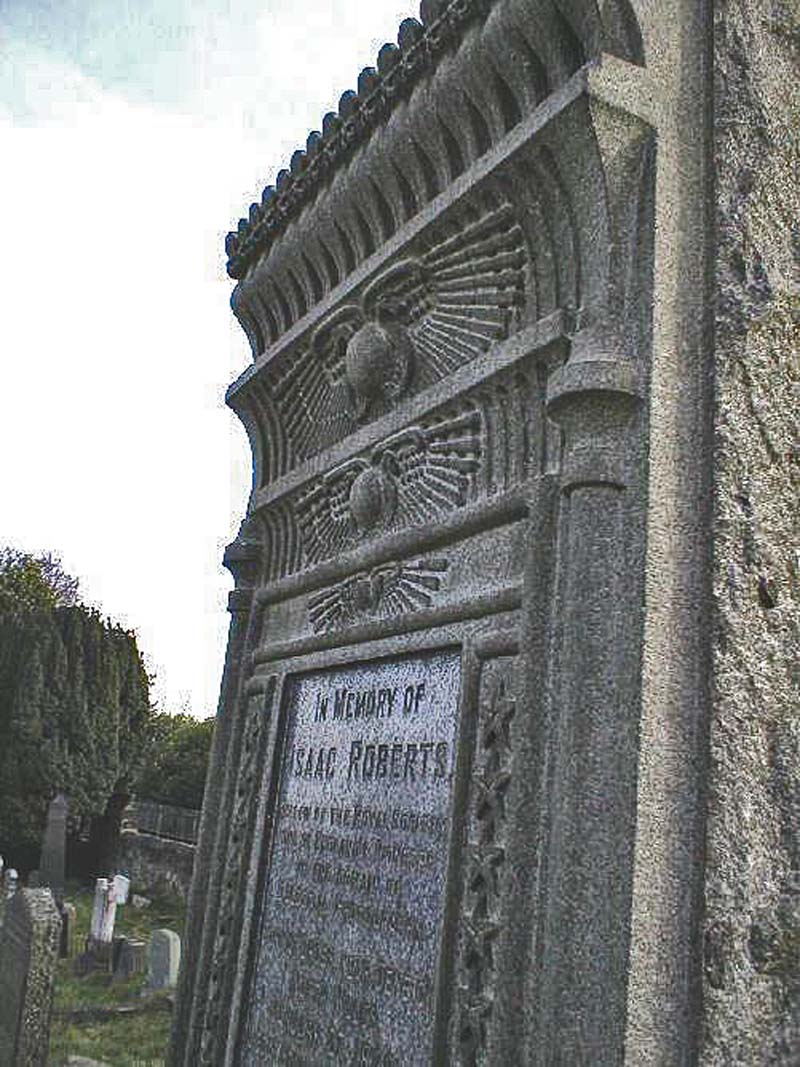 |
| AT Doodson. (above) Mr Doodson is one of the individuals responsible for the successful D Day landings on June 6th 1944. He wrote out, by hand, tide table predictions for the landings and predicted 5th or 6th June OR not for another 28 days or 1 more lunar month. Being deaf since the age of 19, his meticulous detail was well appreciated by the Allied High Command. During the First World War he was a conscientious objector, assigned the task of calculating shell trajectories to defend London against zeppelin attack. In 1919, the war over, he went to Liverpool and started on his life's work, tide prediction. More on link below. |
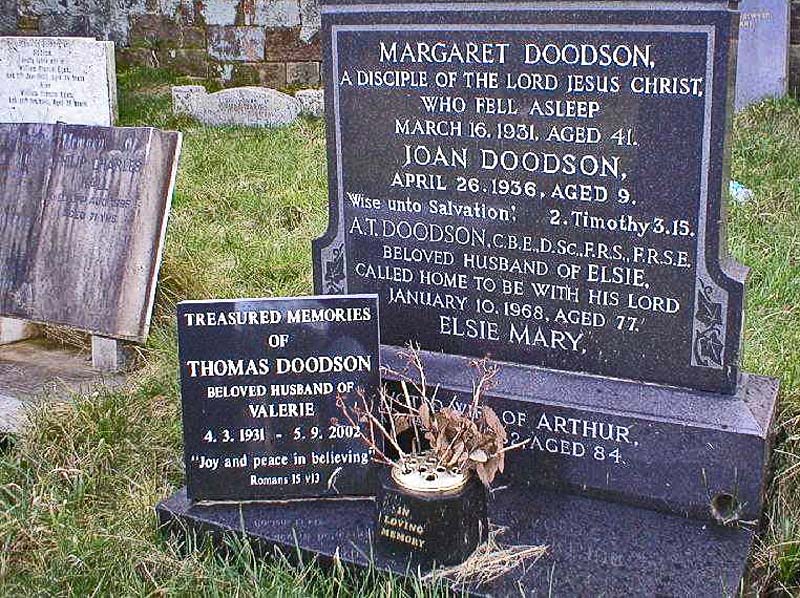 |
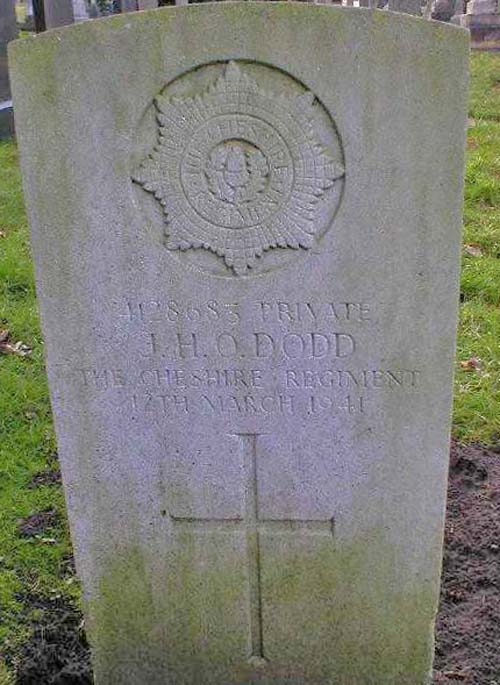 |
Commonwealth War Graves Entry for this soldiers grave |
|
Commonwealth War Graves Entry for this lady of our Royal Navy |
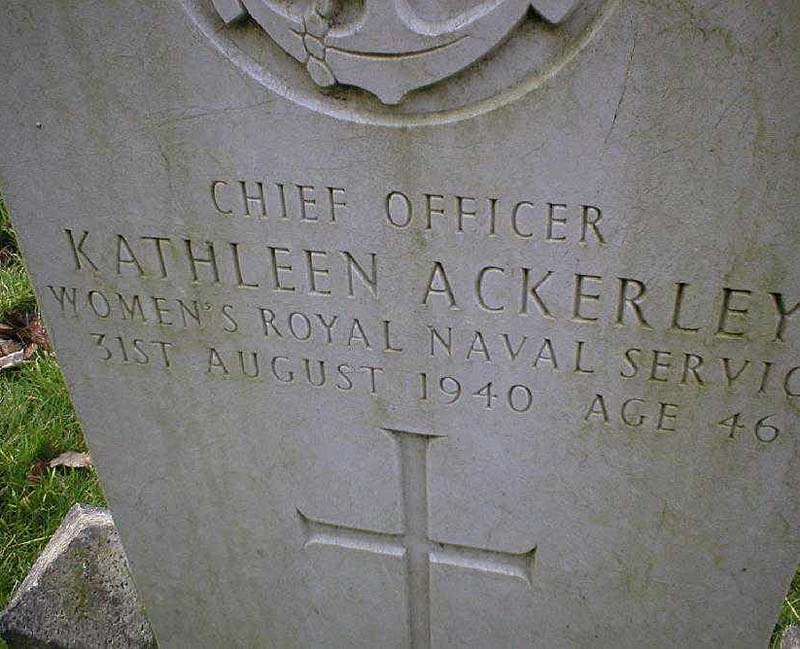 |
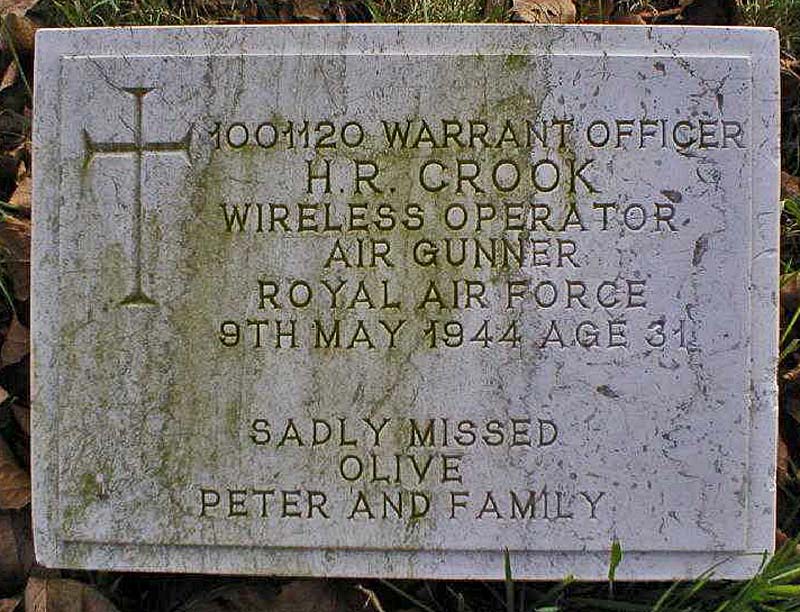 |
http://www.cwgc.org/search/casualty_details.aspx?cemetery=150600&mode=1&tab=1&page=2&casualty=1525793 Commonwealth War Graves Entry for this airman of Bomber Command |
|
http://www.cwgc.org/search/casualty_details.aspx?cemetery=150600&mode=1&tab=6&page=1&casualty=1525825
Commonwealth War Graves Entry of this member of the Royal Air Force. |
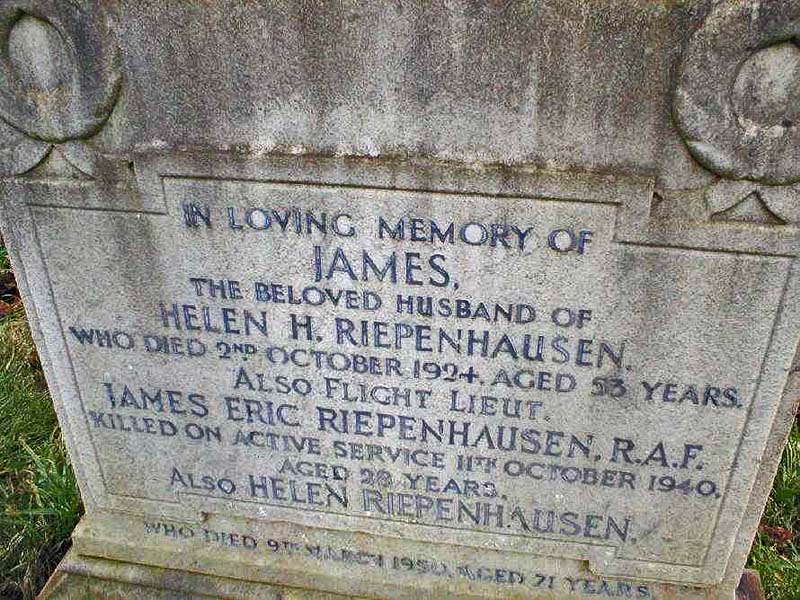 |
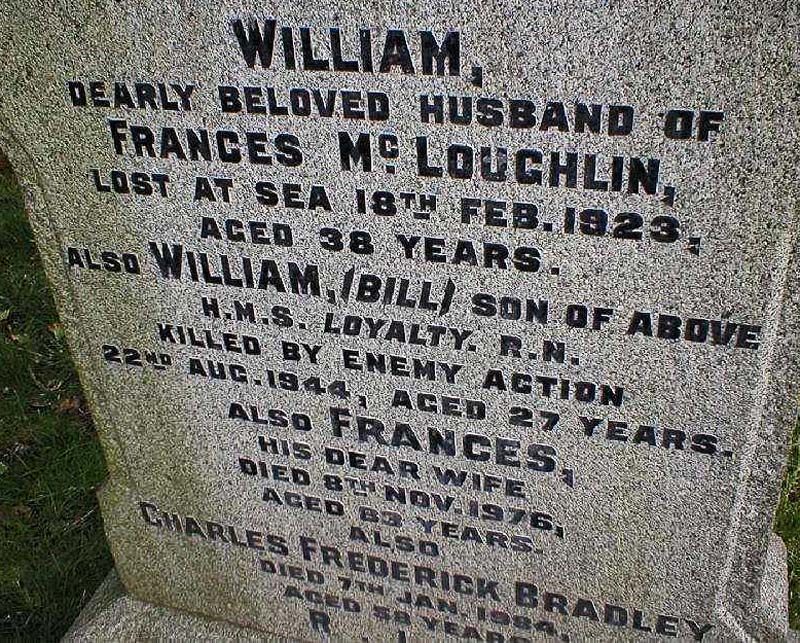 |
Commonwealth War Graves entry on this hero of our Royal Navy. http://www.uboat.net/allies/merchants/ship.html?shipID=3328 - Image and details of ships loss by U Boat. See also bottom of page for cross reference details and fate of the U Boat.
|
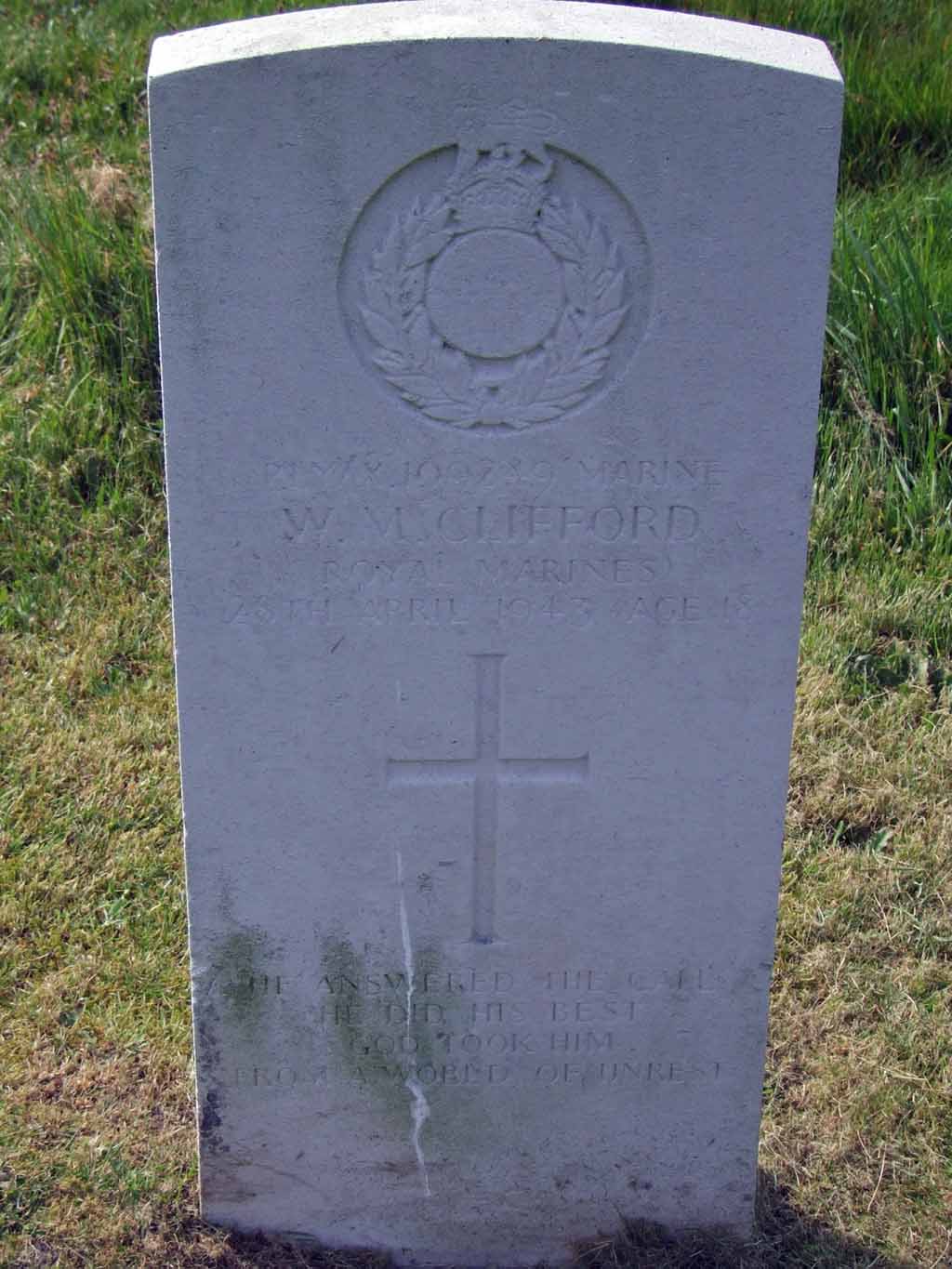 Military grave of a Royal Marine died on (23rd?) April 1943 aged 18. |
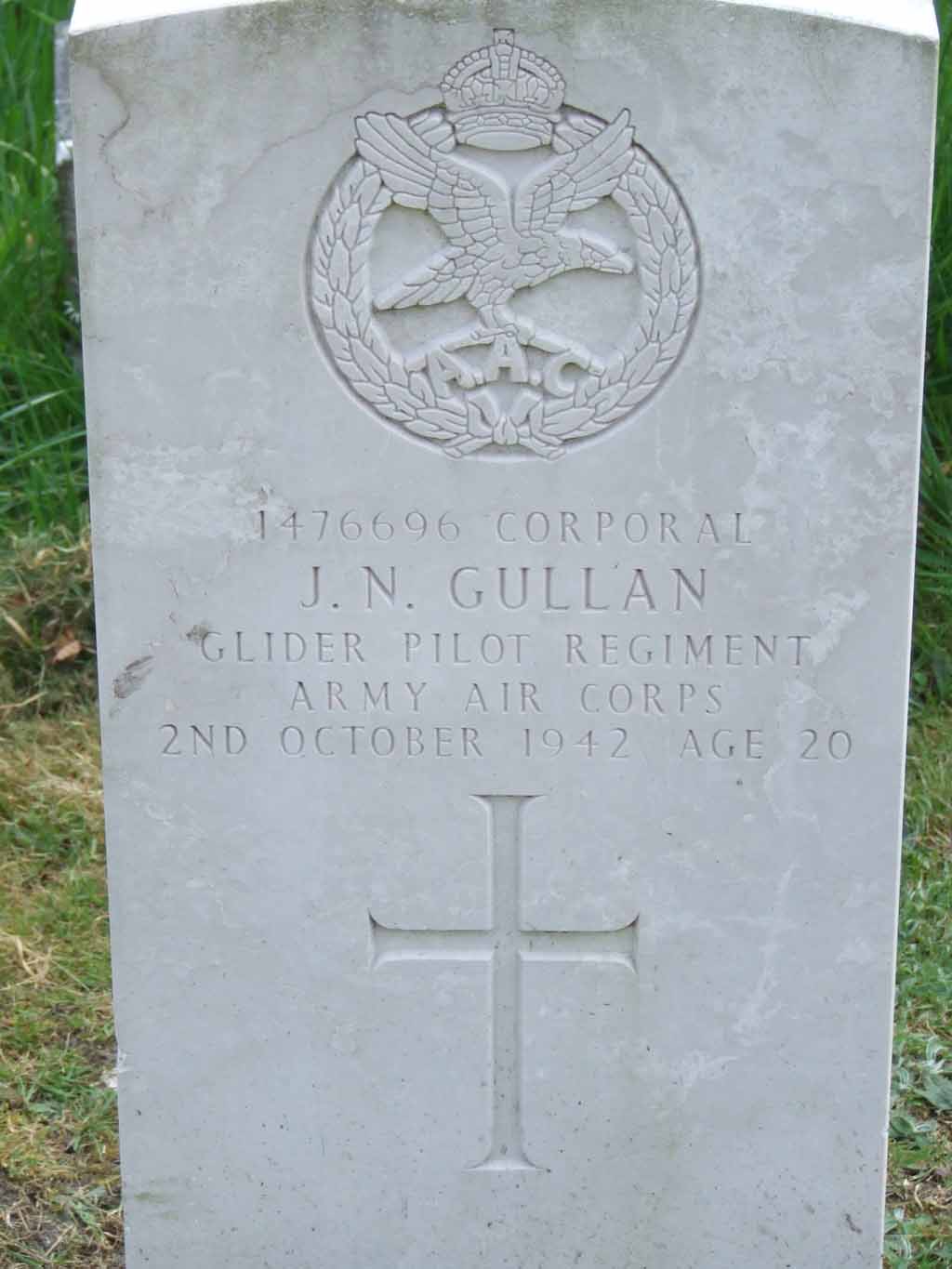 Grave of J N Gullan, Glider pilot, who died 2 October 1942 Aged 20 |
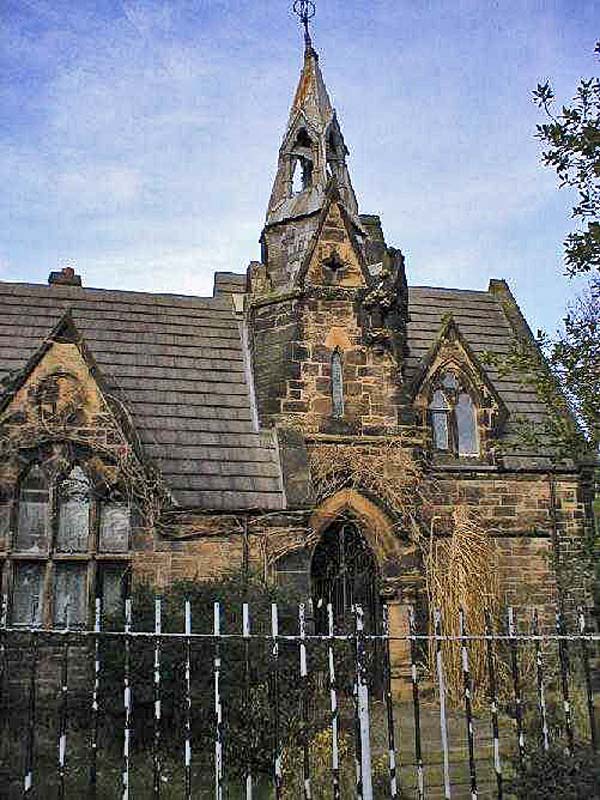 |
I have no information on this building situated at the vehicle and pedestrian entrance on Tollemache Road, badly in need of repairs from vandalism
|
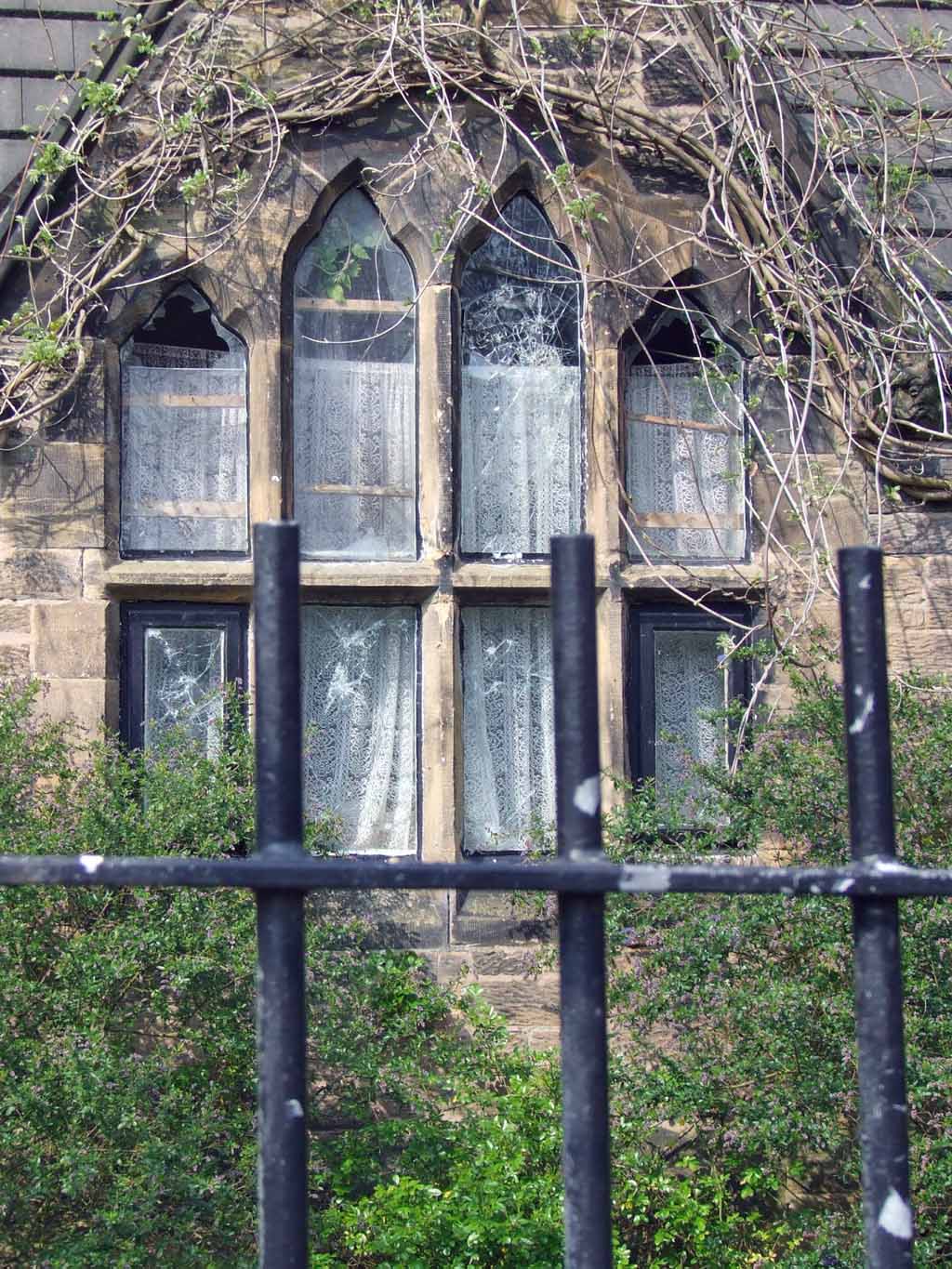 |
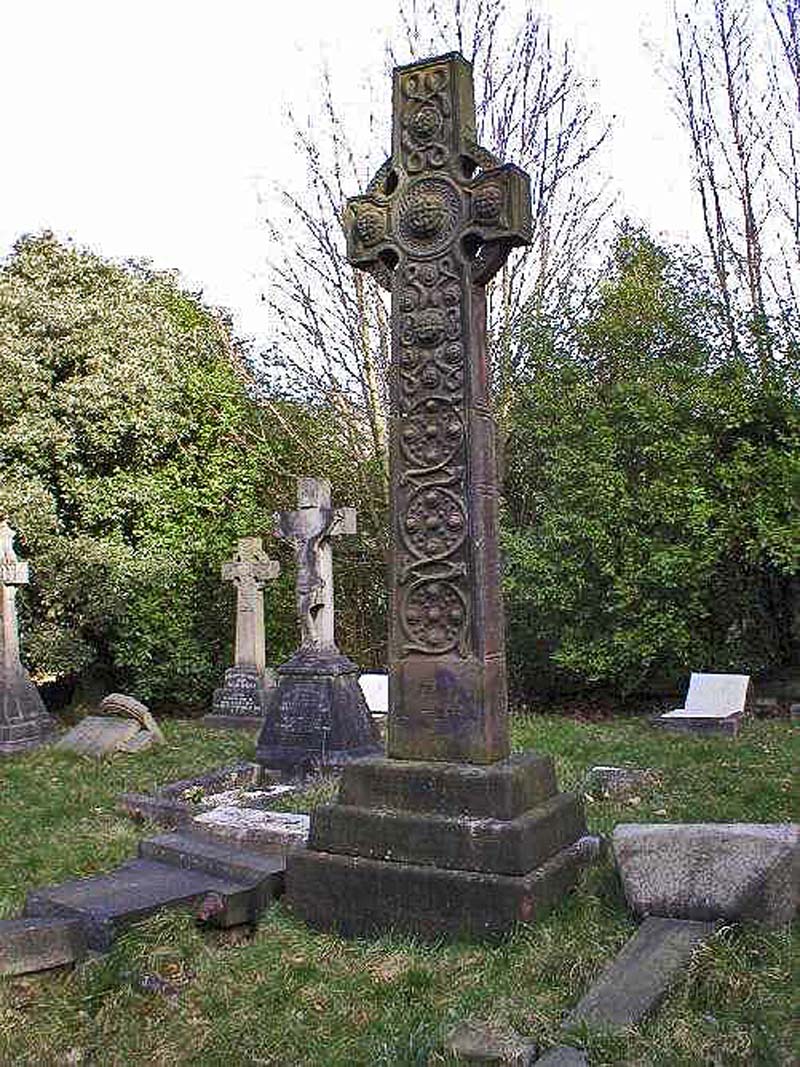 This magnificent celtic cross abound in flaybrickrick. Note vandalism all around |
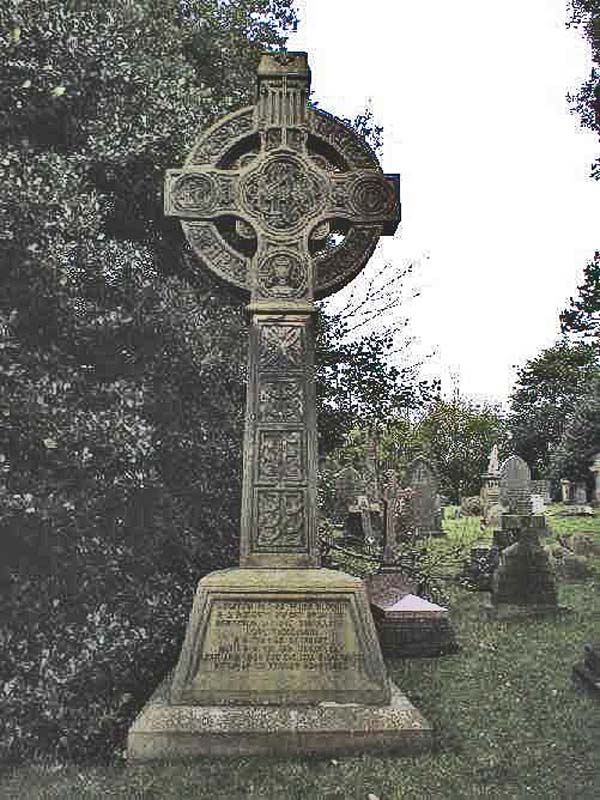 |
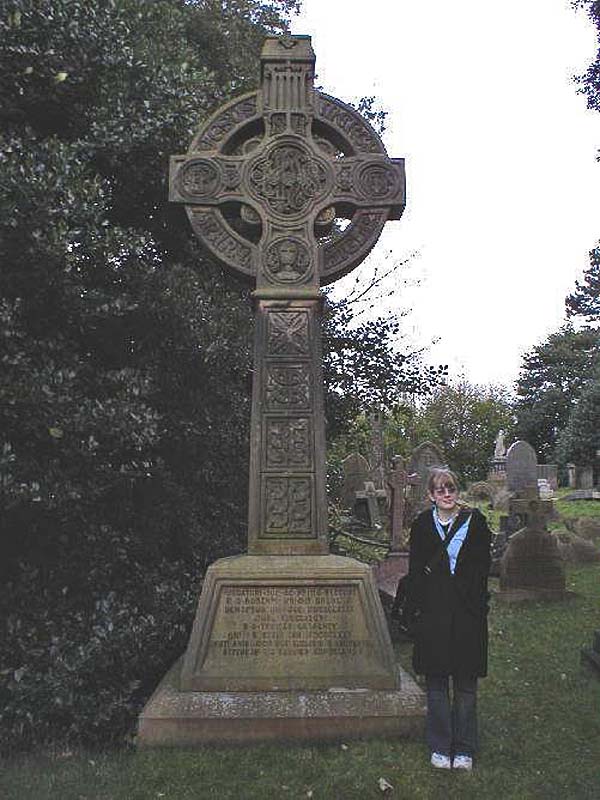 The grave of a bishop, very large celtic cross, second image my daughter joins the image to give some idea of scale. |
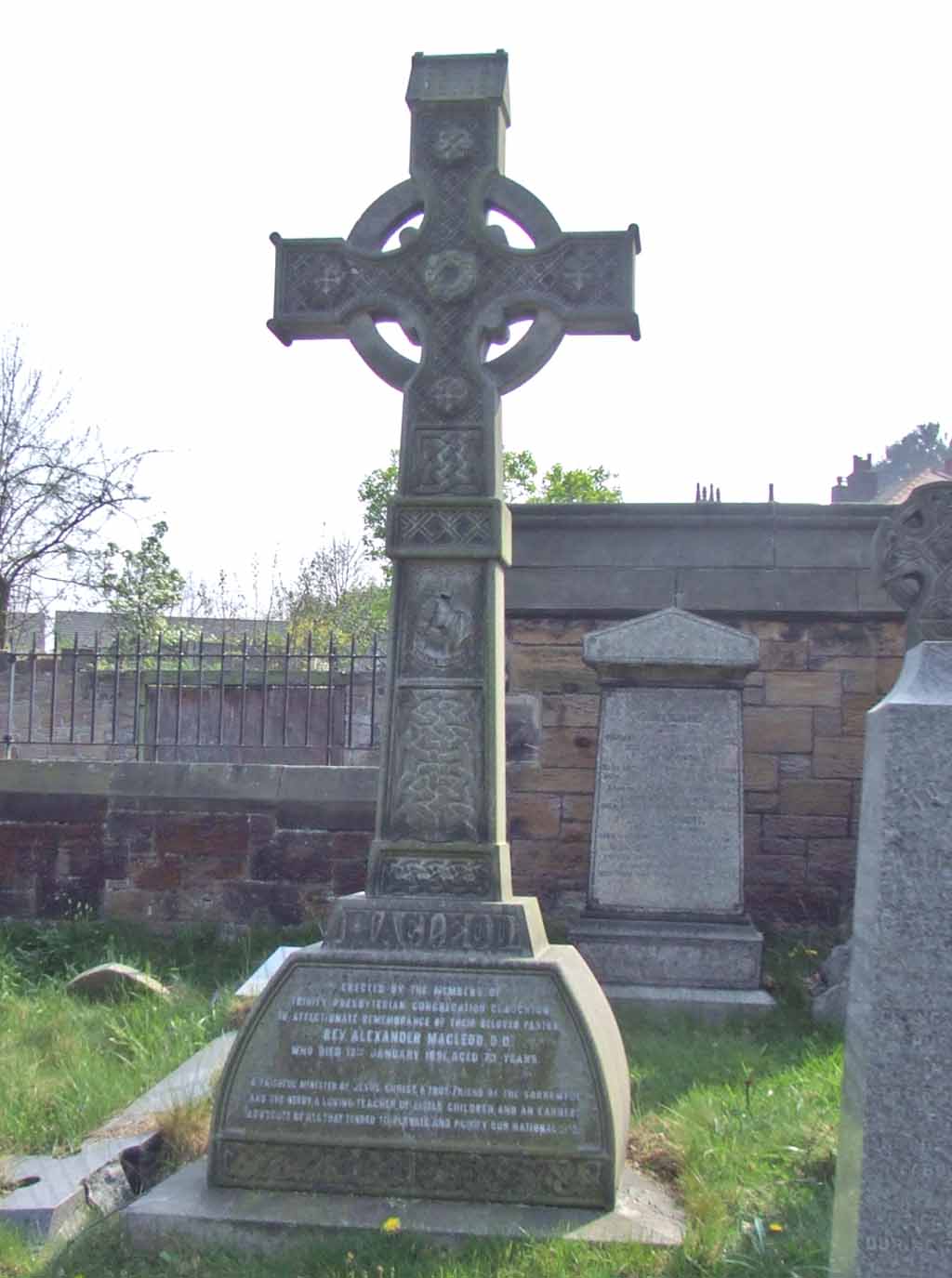 The MacLeod Cross, Rev Alexander MacLeod. |
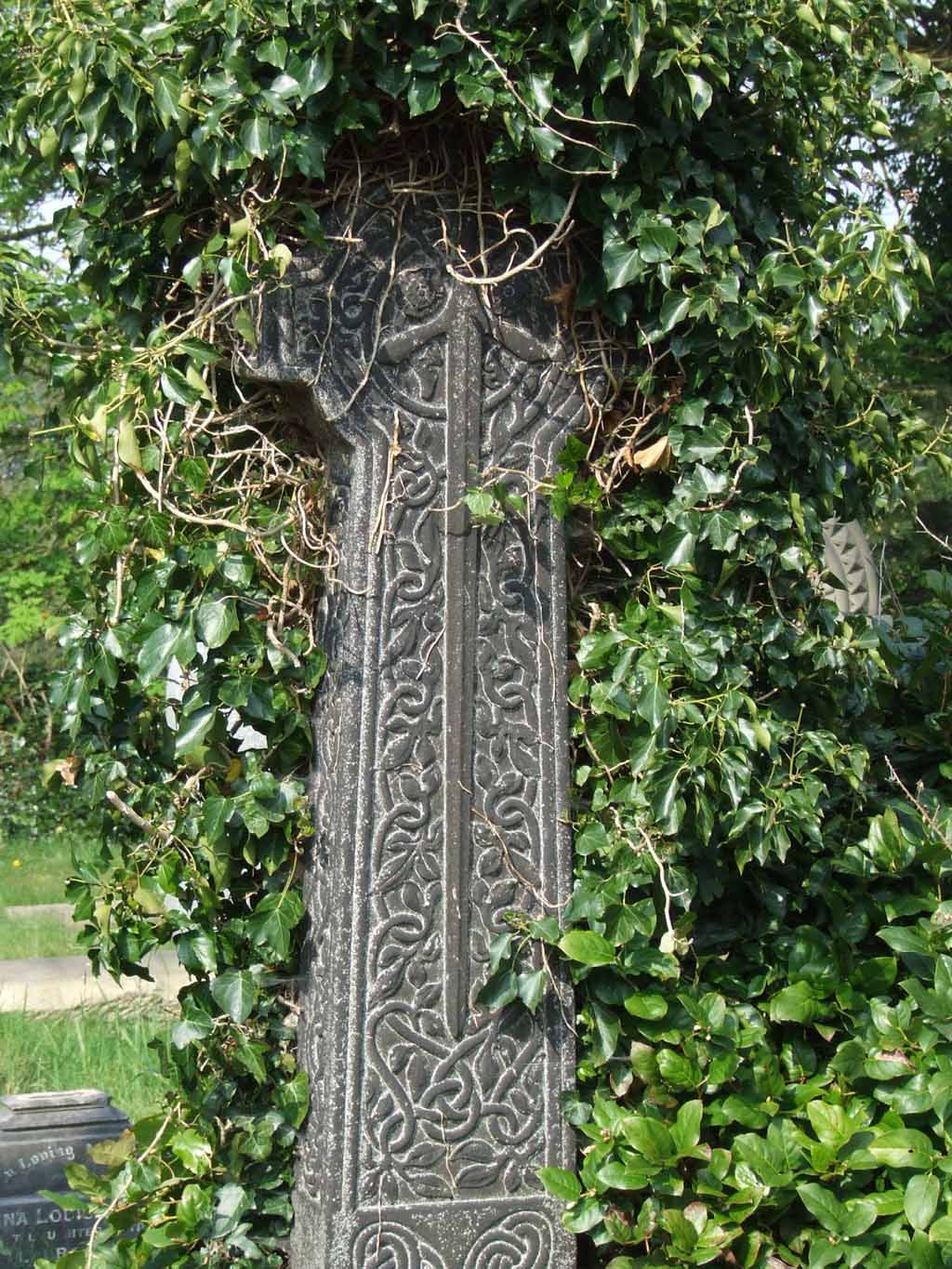 |
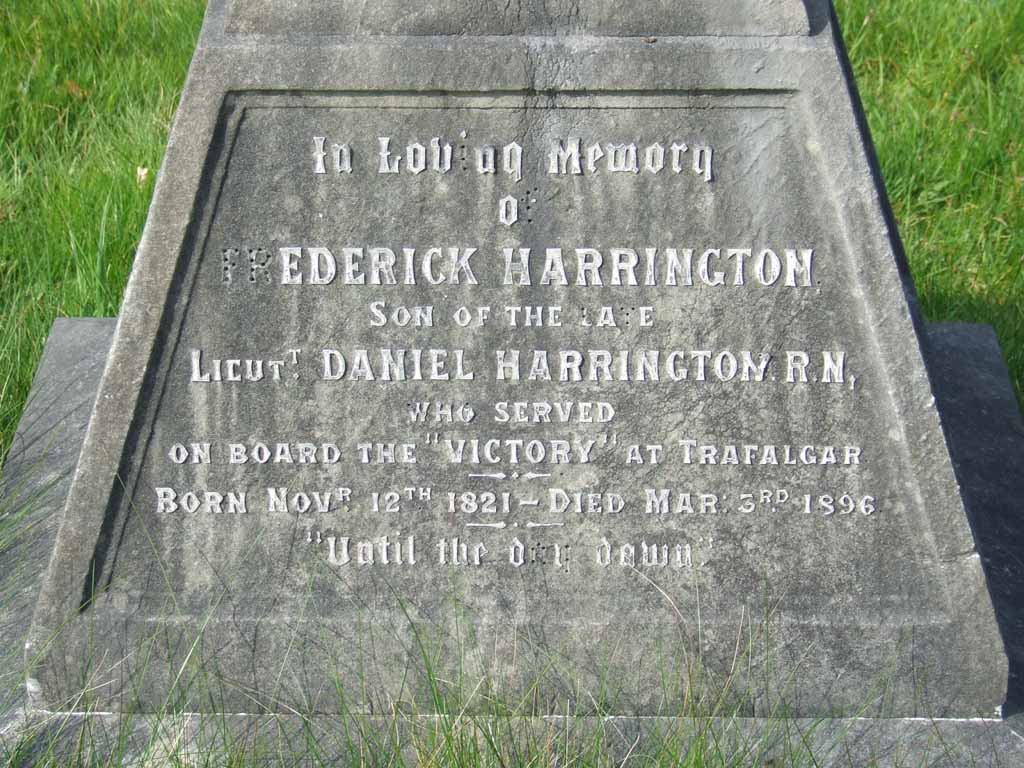 Son of an officer who was on the Victory at Trafalgar. |
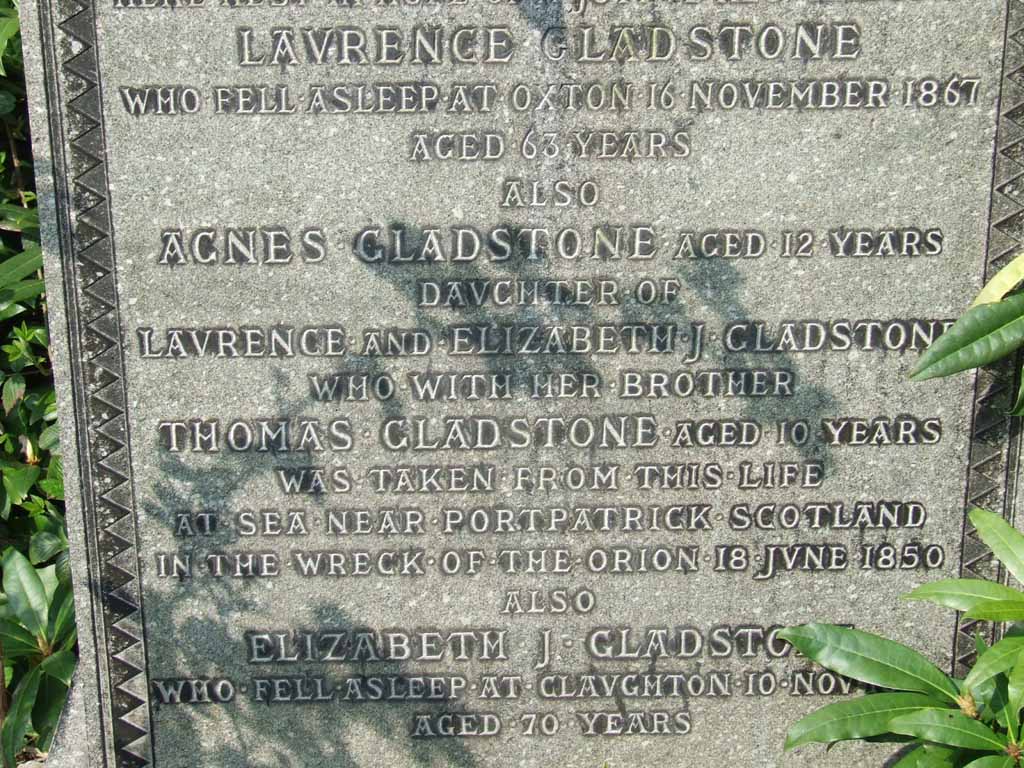 Two children who died in a shipwreck, the SS Orion, in June 1850. |
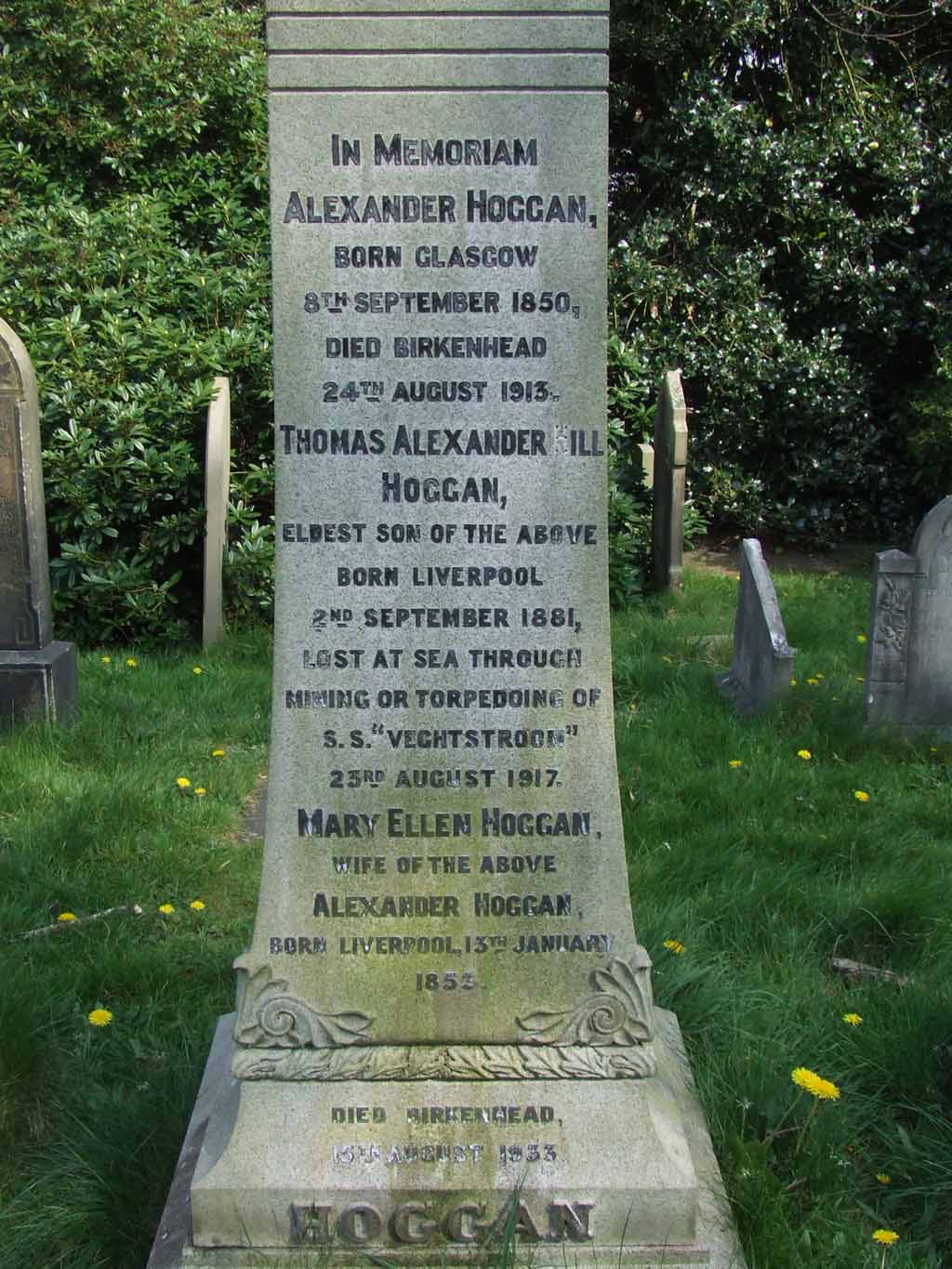 |
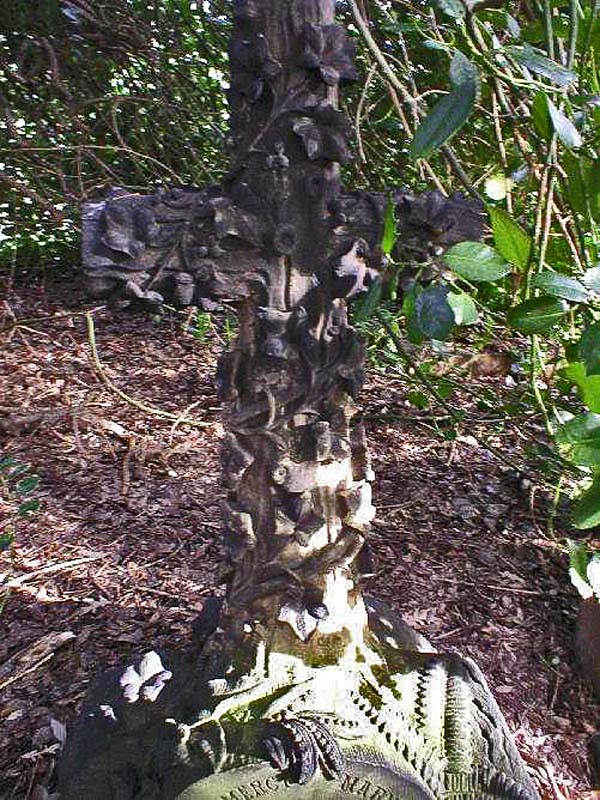 |
|
U Boat victim of WW1 https://www.uboat.net/wwi/ships_hit/6276.html |
Almost hidden beneath a canopy of low trees, I spotted this hiding in the sun spangled shade. A truly excellent piece of sculpture, untouched by either moronic vandal or weather. It lies in an area recently reclaimed from overgrown undergrowth. |
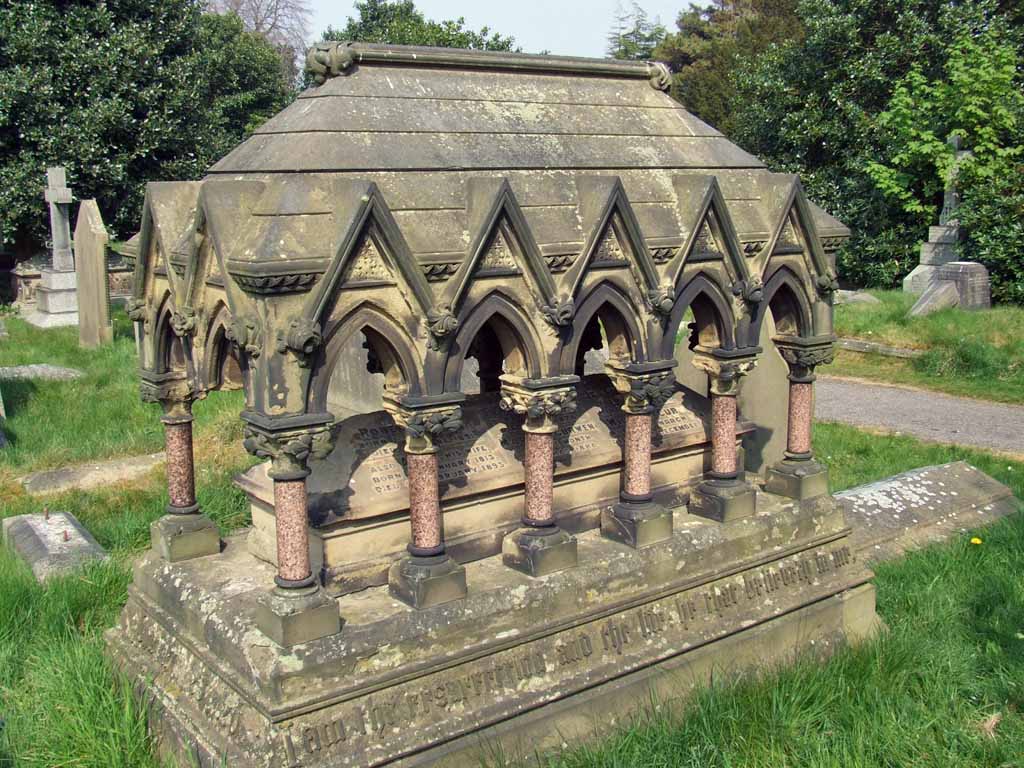 Right: One of the Angels in the cemetery, these are becoming fewer and fewer due to vandalism |
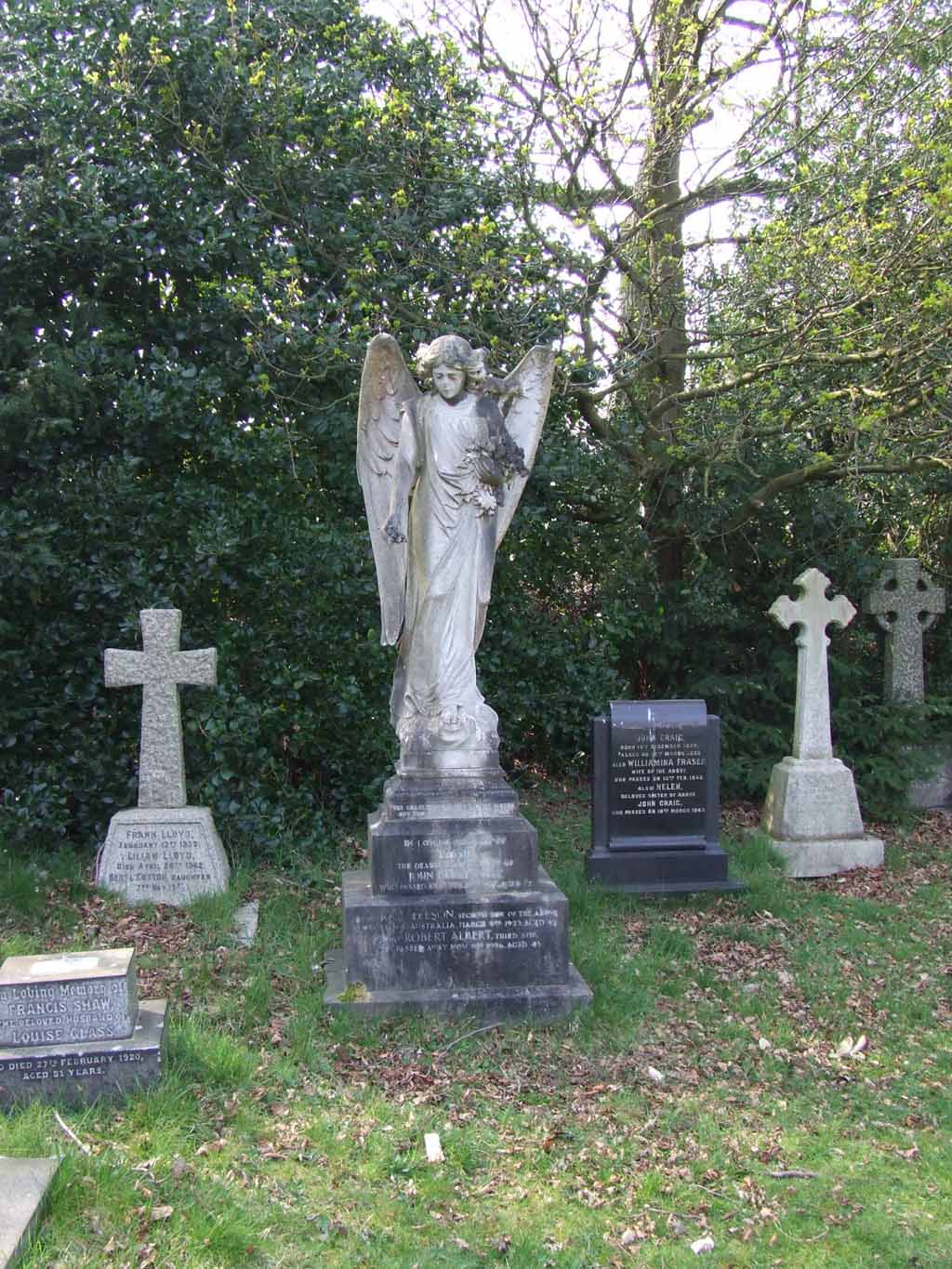 |
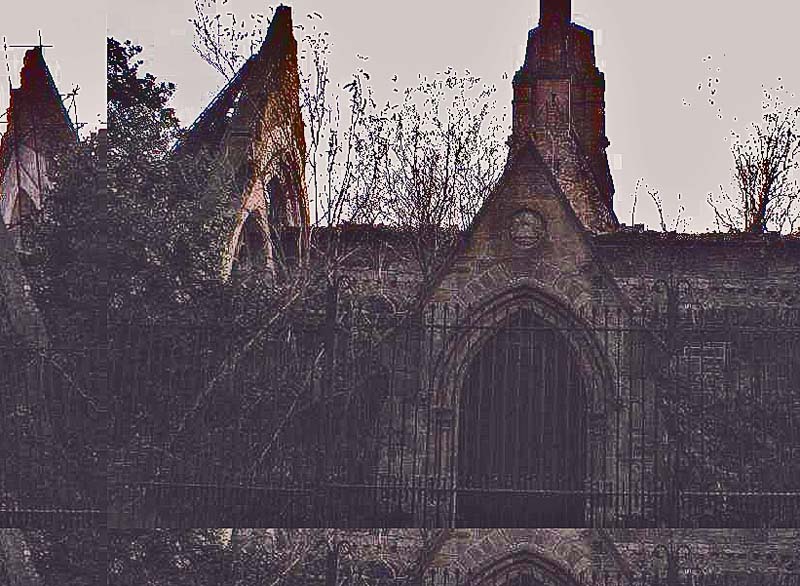 |
The rear of the derelict CE church at flaybrickrick. Strange carving of a pyramid with the image of the 'all seeing eye' in the centre. Obviously there are strong masonic influences at work in the construction and subsequent decoration of this edifice. On the front of the building is carved two stars of David and what looks like a masonic emblem of crossed hammer and anchor. |
Picture a person, I use the term loosely, with very little in the way of brains, a penchant for destruction and the thinking power of the amoeba (sorry to the amoeba!) and we have today's vandal. Vandals have been at work in flaybrickrick over a period of time. It must be really "cool" to destroy a gravestone. Criminal in itself but even more so because of the intense history of the place. 15th April 2007: And the vandals are seemingly just as mindless as previously described. I have taken the following images following a swath of destruction committed by these moronic elements of the bacteria infesting Birkenhead.
I really
cannot understand what "fun" these idiots get from climbing into an
historic, unique cemetery, which is high on a par with Highgate in London,
and so mindlessly destroy such art work and such supposedly lasting
memorials. I found this on this web site: http://www.thebestof.co.uk/Wirral/10937/3/news.aspx/span> dated 2 June 2006. Is nothing sacred anymore? RResidents from Tollemache Road have called for urgent action to stop the desecration of Wirral's oldest public cemetery by gangs of violent yobs. The drunken youths congregate in the cemetery smashing up head stones "for fun". One resident, who wished to remain anonymous for fear of retribution said: " It's a living nightmare. For every weekend over the last five years we have been terrorised by big gangs who vandalise the cemetery and smash our cars. They fight in the streets, swear, drink alcohol and attack the headstones." He added: "We're all very scared and feel as if we can't step outside our doors without fear of being threatened. We're devastated because it's such a beautiful cemetery and we hate seeing it vandalised, but we don't want to confront them in case we're attacked ourselves." The residents have appealed for help in ensuring that flaybrickrick Memorial Gardens, which was Wirral's first public cemetery and also the final resting place of many of many famous Wirralians, is preserved. A spokesman for Wirral Council said: "Council staff are aware of incidents of antisocial behaviour in and around flaybrickrick Memorial Gardens. Vandalism is a continuing problem at the site. Regular meetings are held to continuously monitor the situation involving council officers, a local councillor, the police, the council's community patrol, representatives of the Friends of flaybrickrick Memorial Gardens and the Bidston Preservation Trust." He added: "The area is frequently patrolled by the community patrol team and officers from Merseyside police who have successfully reduced the incidence of vandalism and antisocial behaviour in the area". I heard of yet more vandalism in 2014. Some images of their 'handiwork' below |
|
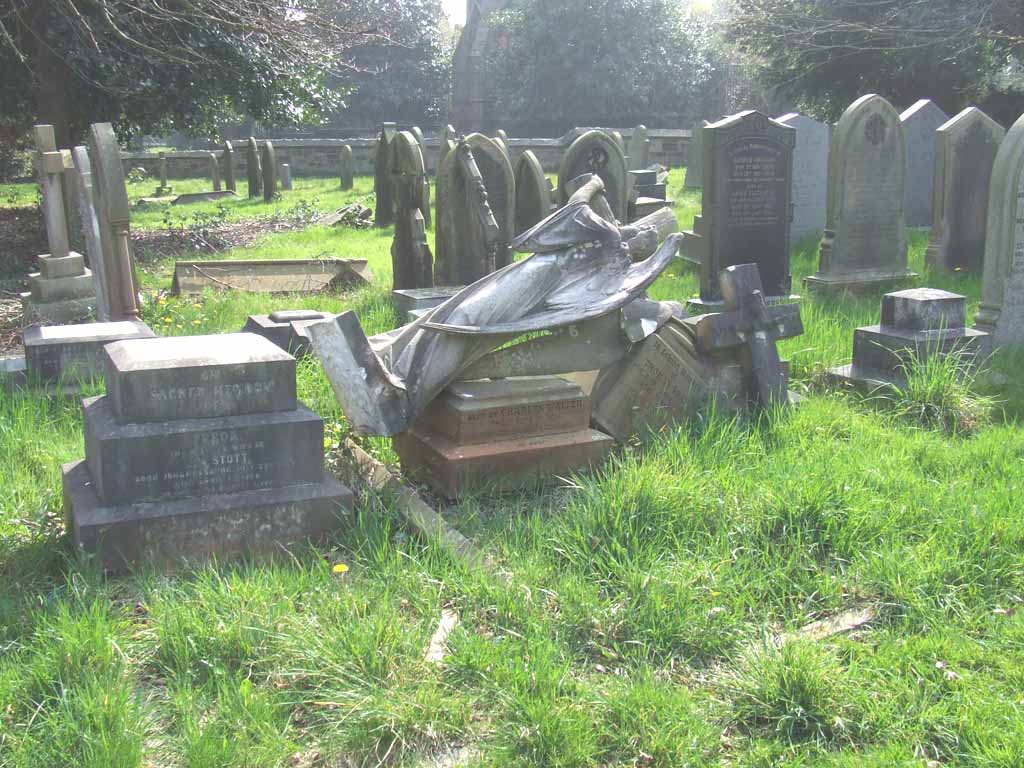 |
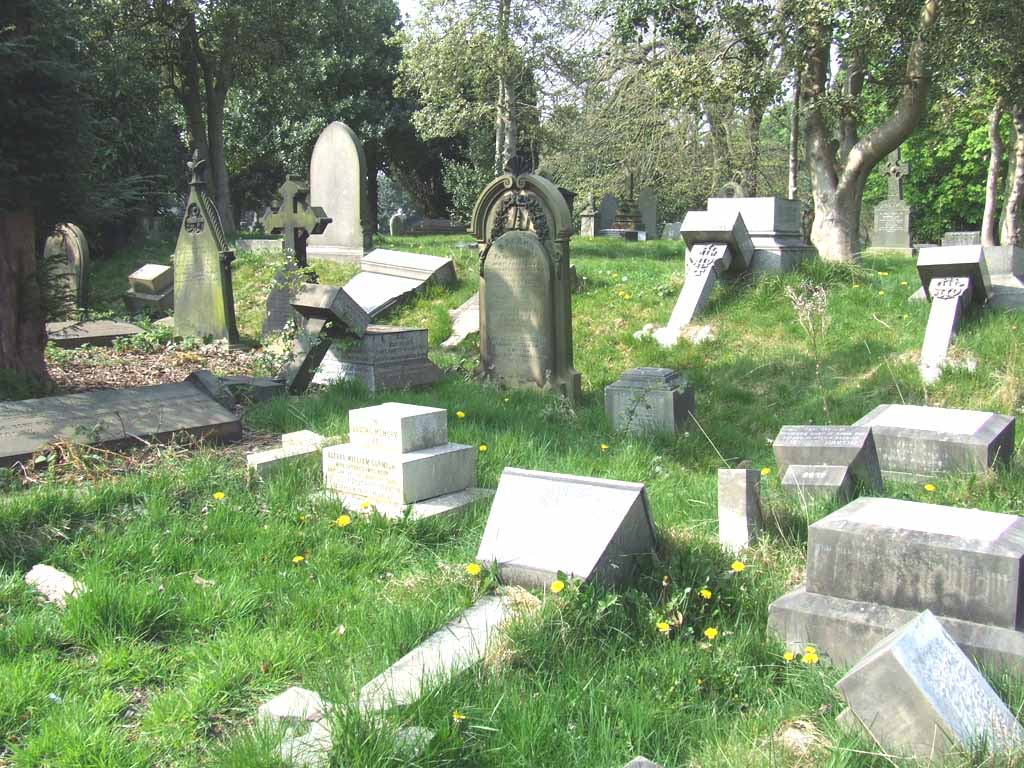 |
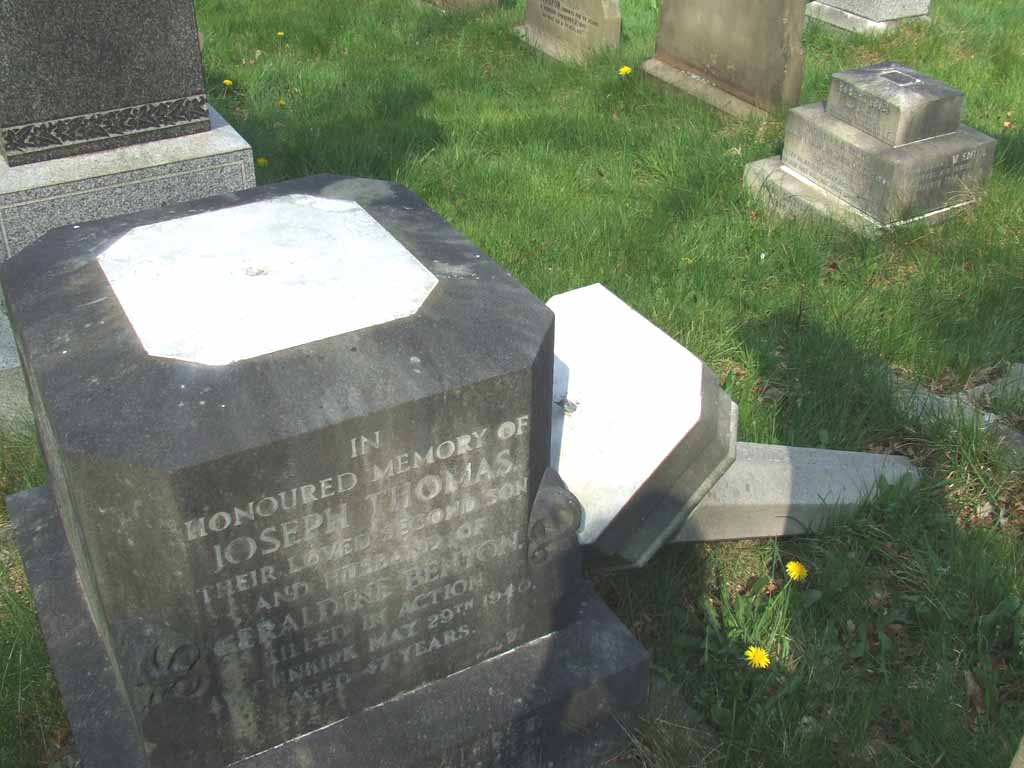 |
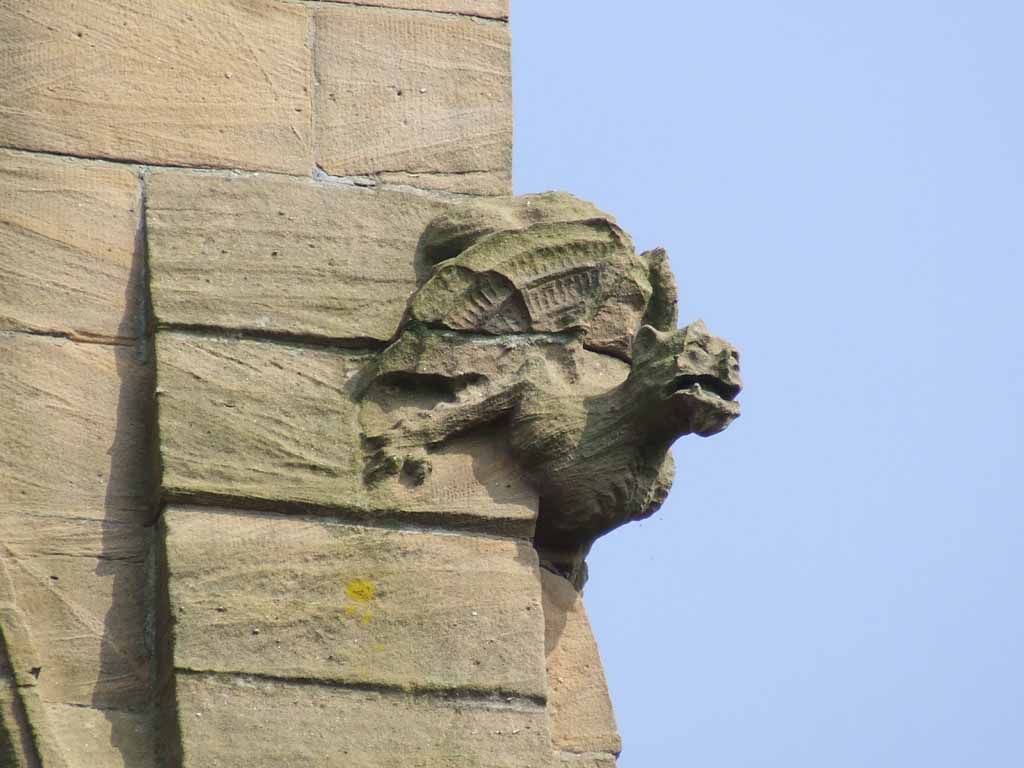 |
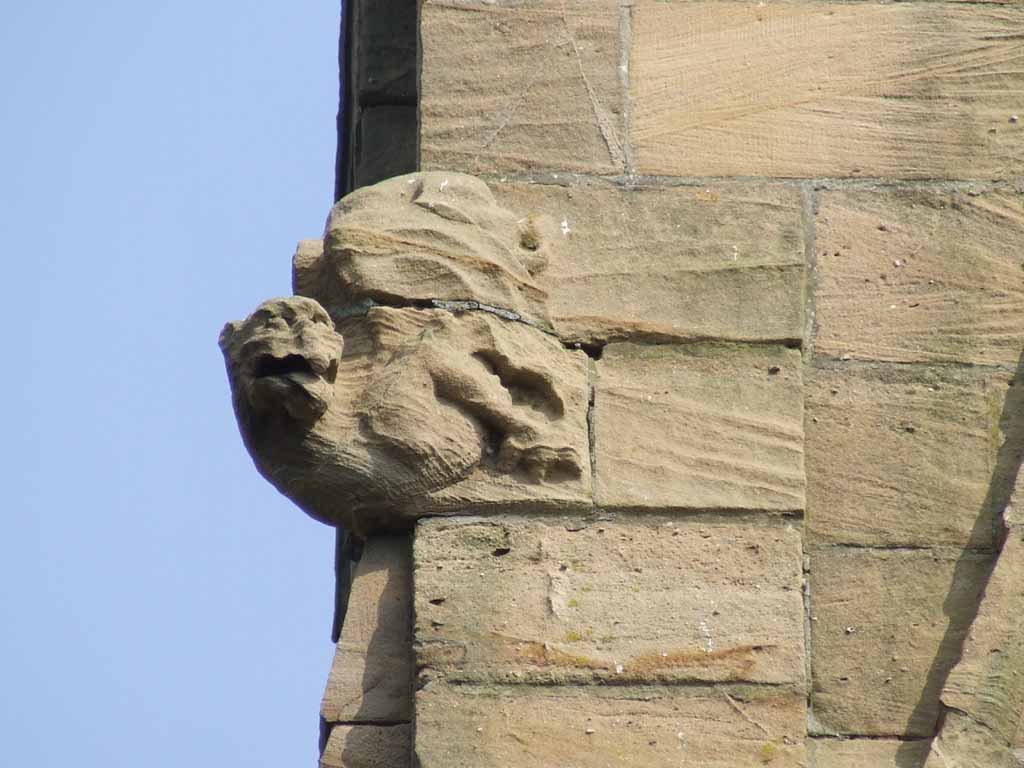 |
The next thirteen images were taken by my daughter |
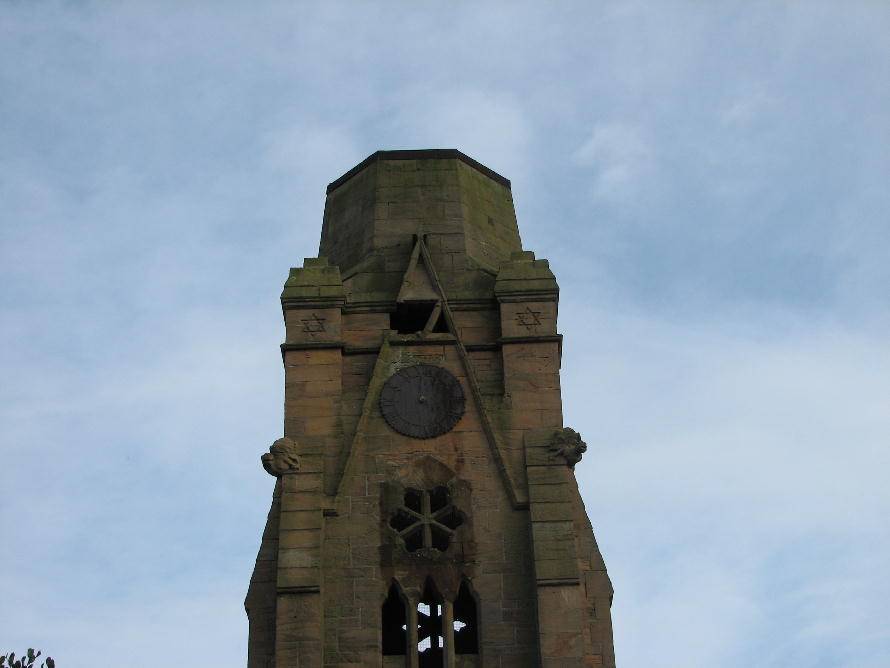 |
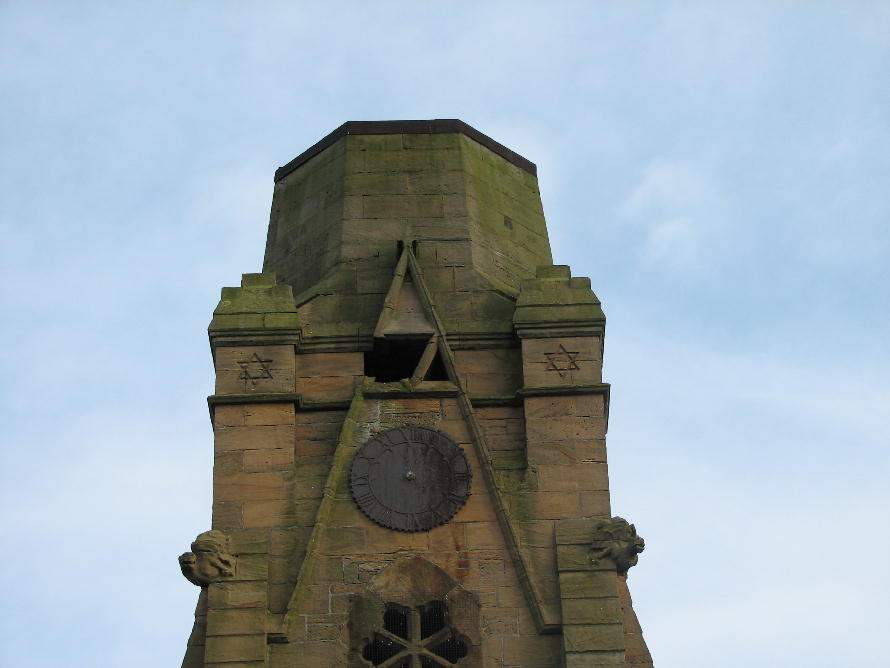 |
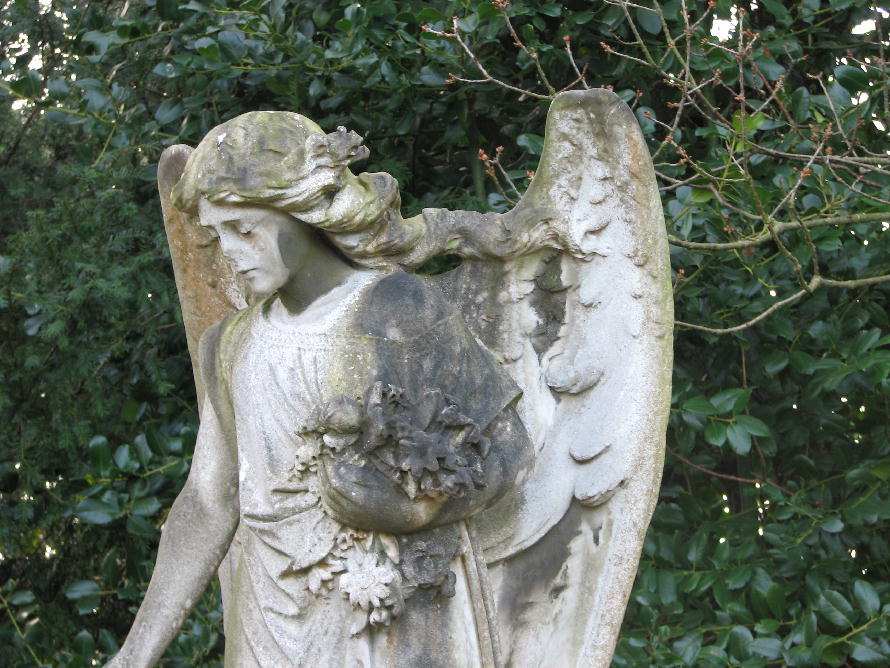 |
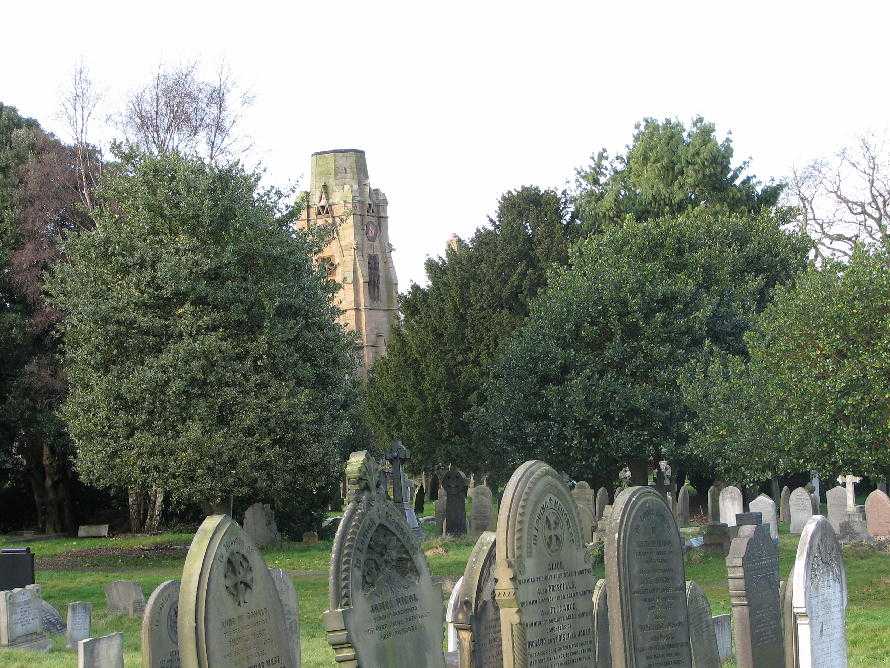 |
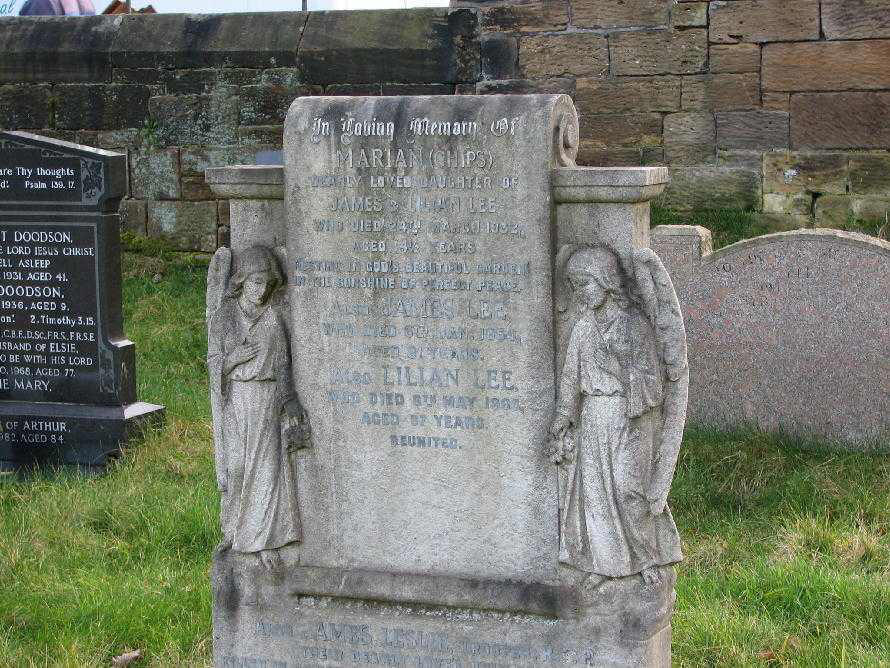 |
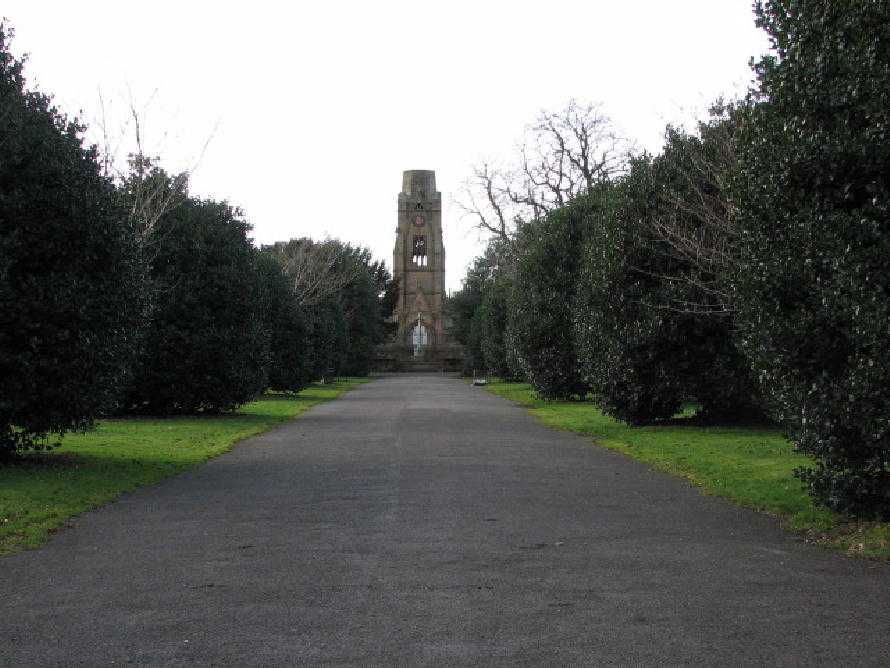 |
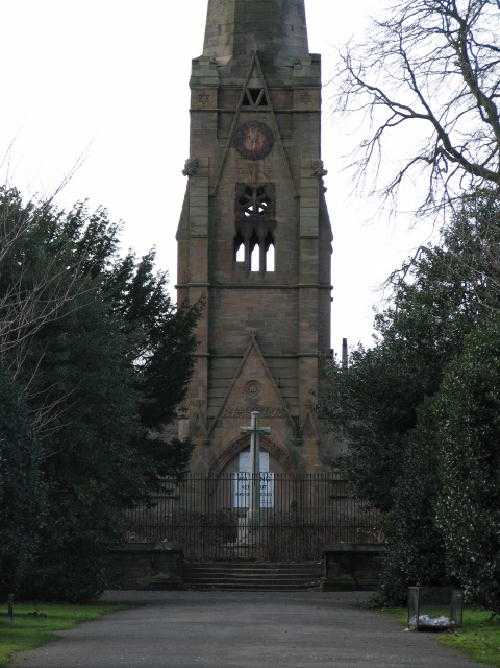 |
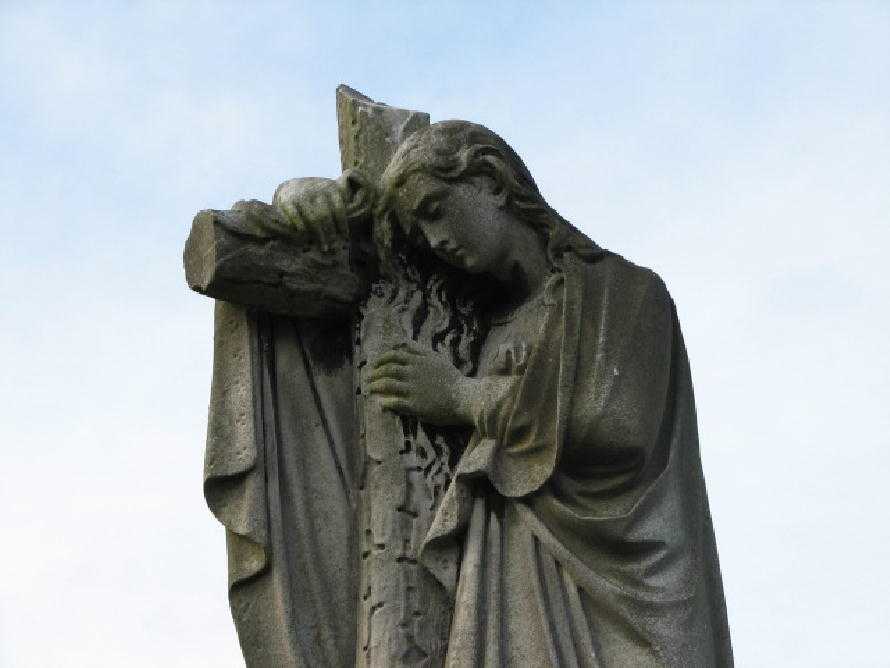 |
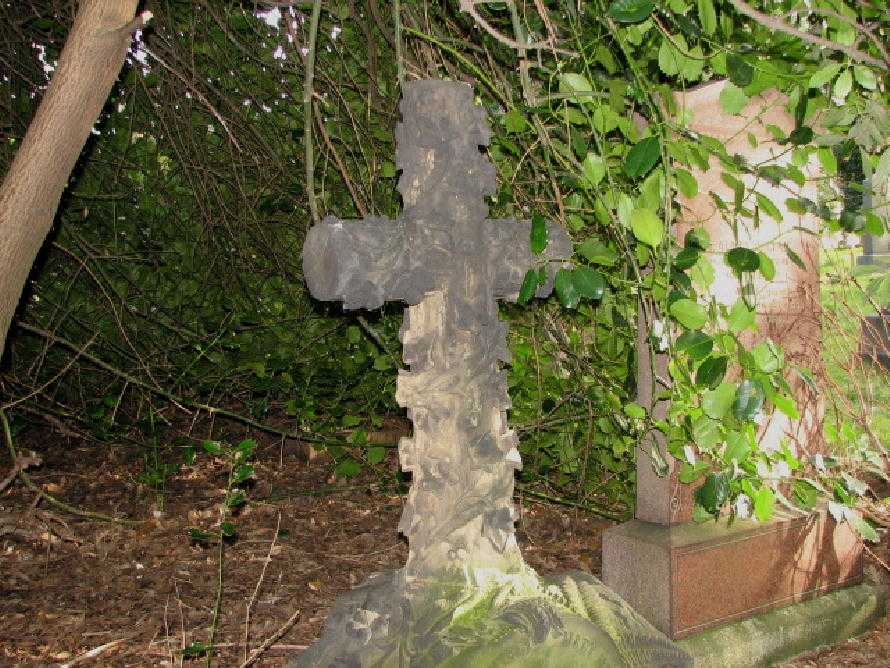 |
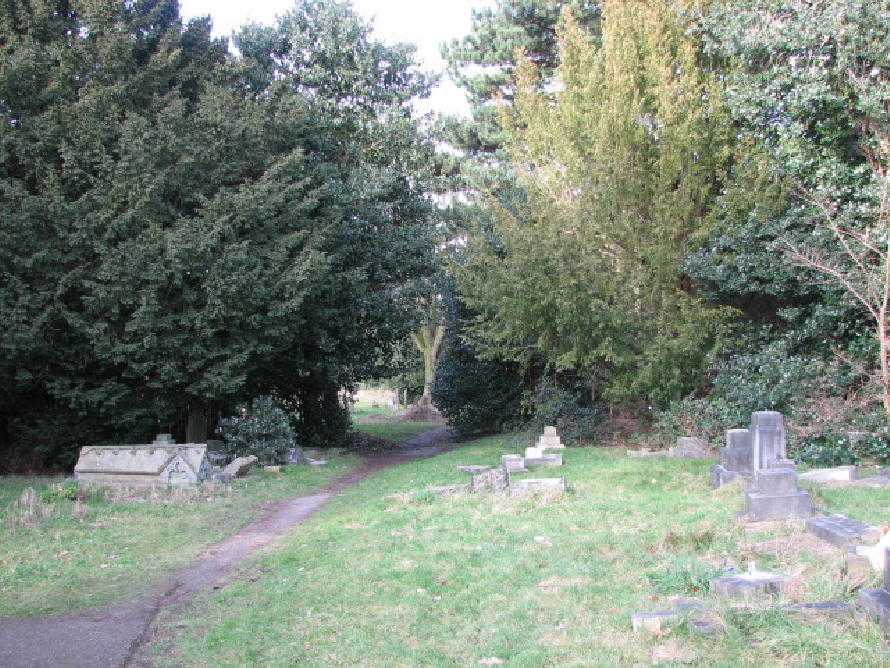 |
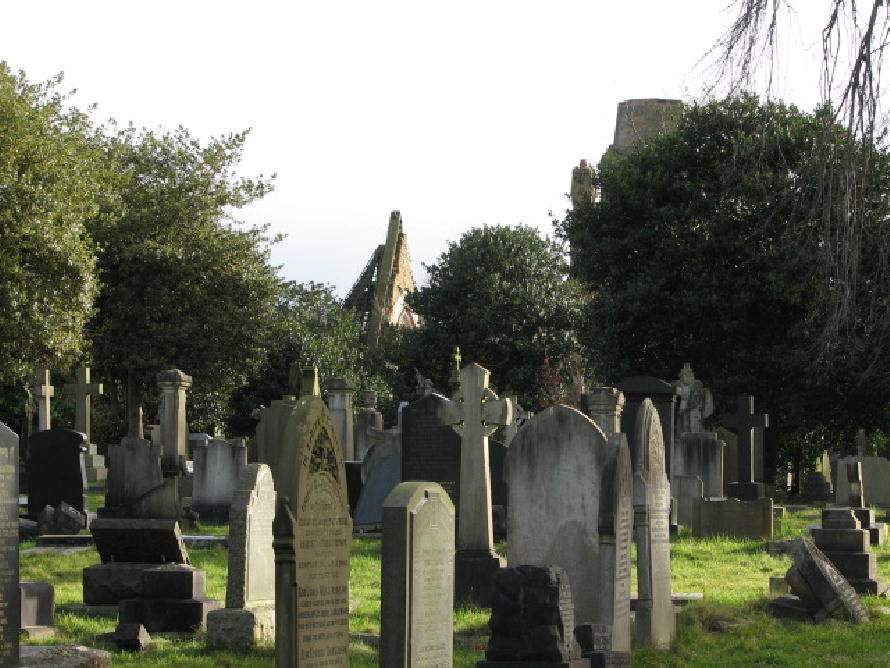 |
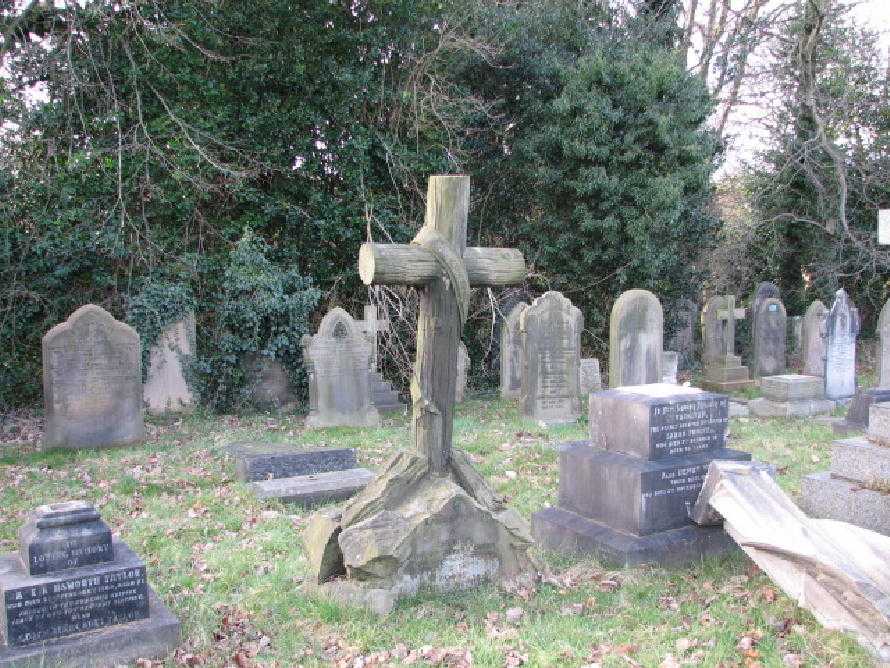 |
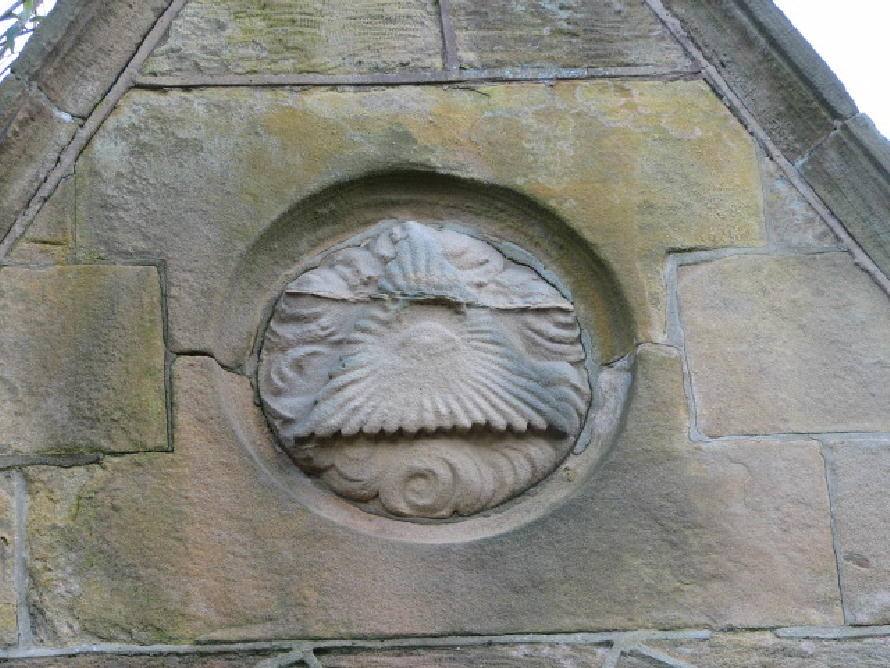 |
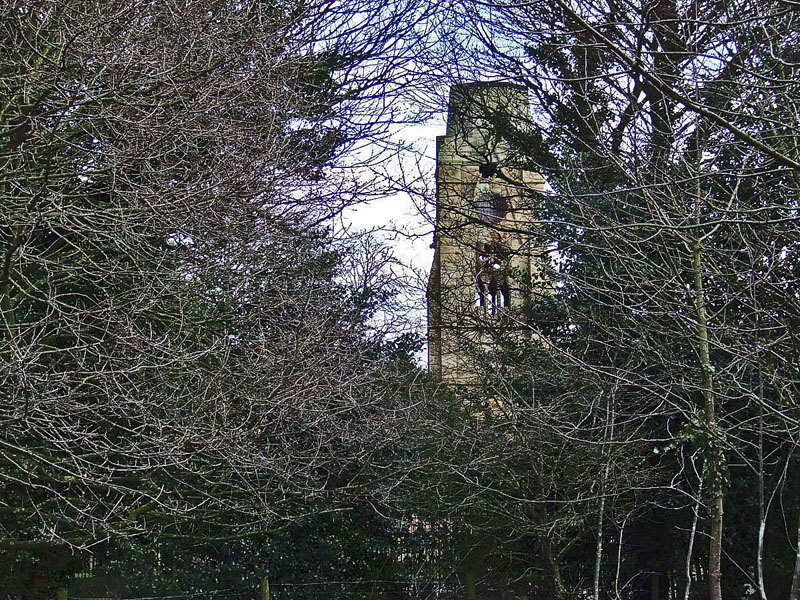 |
 |
|
|
A Walk Around flaybrickrick - Numbering relates to map below (1) Rev. Thomas Lydlatt.
(Black granite headstone on front row) (3) Below a large square column lies the body of Isaac Roberts, a Fellow of the Royal Society. Roberts was one of England's pioneers in the domain of celestial photography. Note the Nebula engravings and other details at the foot of the headstone.
(4) John Richard Kaighin. (A grey granite
headstone by the wall. Author of Bygone Birkenhead. Died 26 August 1931, age 76
years. Kaighin was best known as author of the book Bygone Birkenhead, a series
of sketches based in the 1860's, which he wrote in 1925. The personal element in
this book was remarkably strong, and because of his retentive memory, he was
able to recall many incidents, and hundreds of names which remain familiar to
the present time. One of the articles mentions that the Market Hall once had a
fountain cascading in its centre. One of his boyhood memories, in January 1864,
was of hundreds of town windows blown in by the terrific explosion of gunpowder
on board the 'Lottie Sleigh', lying in the Sloyne, Rock Ferry. He died at his
residence, 82 Gorsefield Road, Birkenhead on Wednesday 26 August 1931 following
a long illness that confined him to bed for nearly three years.
Resurgam‘s maiden voyage was to be its last. On
24 February 1880 it sank whilst being towed from Rhyl by the yacht Elphin.
Conditions on the boat were so bad that the crew had to transfer to the Elphin
and the hatch could not be sealed from the outside. The heavy seas poured down
the open hatch until the towing hawser broke and the worlds first mechanically
powered submarine sank off the Great Ormes' Head. Resurgam was discovered in
1995 and is now in the process of being raised.
(8) Robert Scott (A low coped stone, second row
in) Lost in the 'Gem Collision' on the Mersey, 26 November 1878, age 44. At
about 9:30 am Tuesday 26 November 1878 the Seacombe ferry boat ‘Gem‘ was
crossing to Liverpool in fog carrying 300 passengers when she ran into the
Bowfell, a Brocklebank ship anchored in mid stream. She slid across the side of
the ship and crossed her bows, where the jib boom of the Bowfell carried away
the steamer's funnel, which fell among the passengers, fatally injuring one
named Hodgkins. Several of the passengers got on board the Bowfell, but some
fell into the water, where one young man named Cannell was drowned and not found
until four hours later. (14) The first person to be buried ln the Church of England Section was Ann Woodcock. Ann died on the 5 August 1884, aged 45.
(15 & 21) Edward Kemp was assisted in laying out
flaybrickrick by Messrs Lucy and Littler, architects of Liverpool. Charles Lucy and
Charles Littler died aged 39 and 36 respectively, shortly after the cemetery
opened and are buried close to one another. A tablet was erected to their memory
with the memorial, "ln the midst of life we are in death."
(24) The Catholic Chapel was demolished in 1971,
now a stone monumental wall with three sculptured faces marks its site. |
|
| In June 2017 Matthew Triggs posted some images of flaybrickrick, on Facebook, from an unusual angle - he used a drone!!! I asked him if I could show them. Impressive. | |
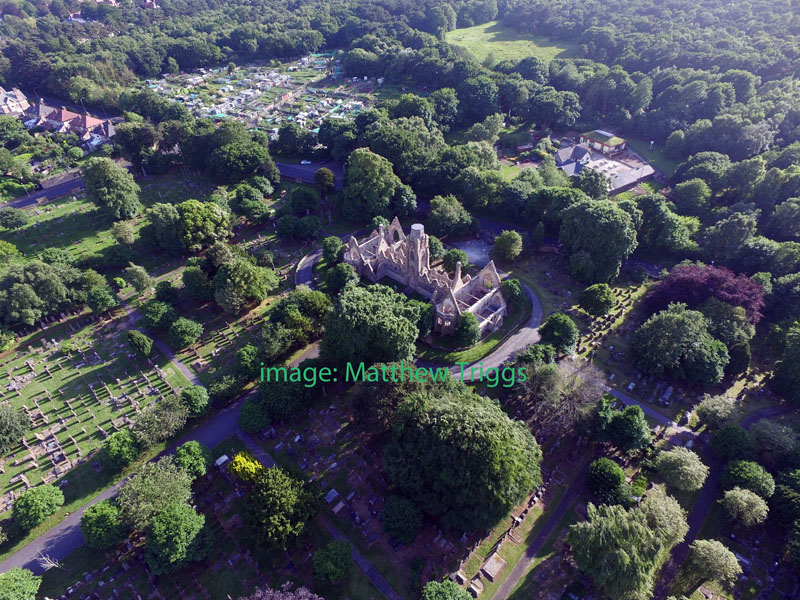 |
|
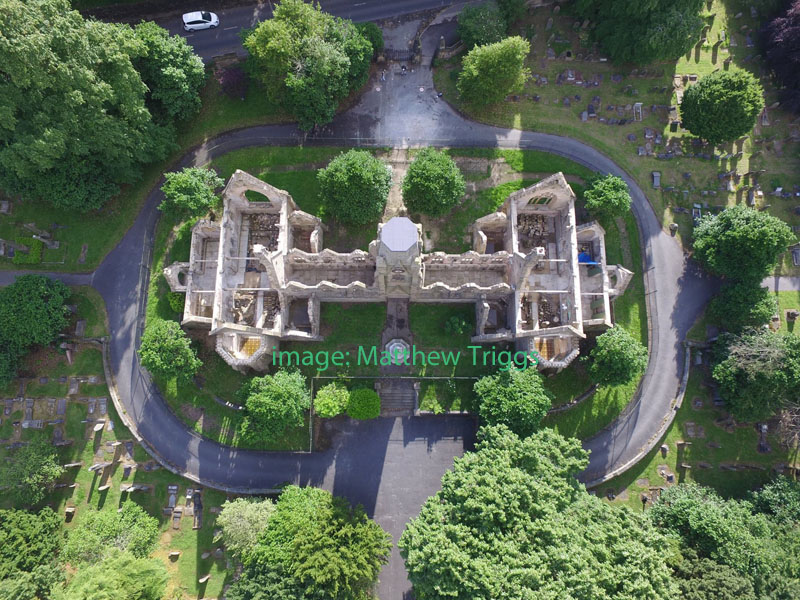 |
|
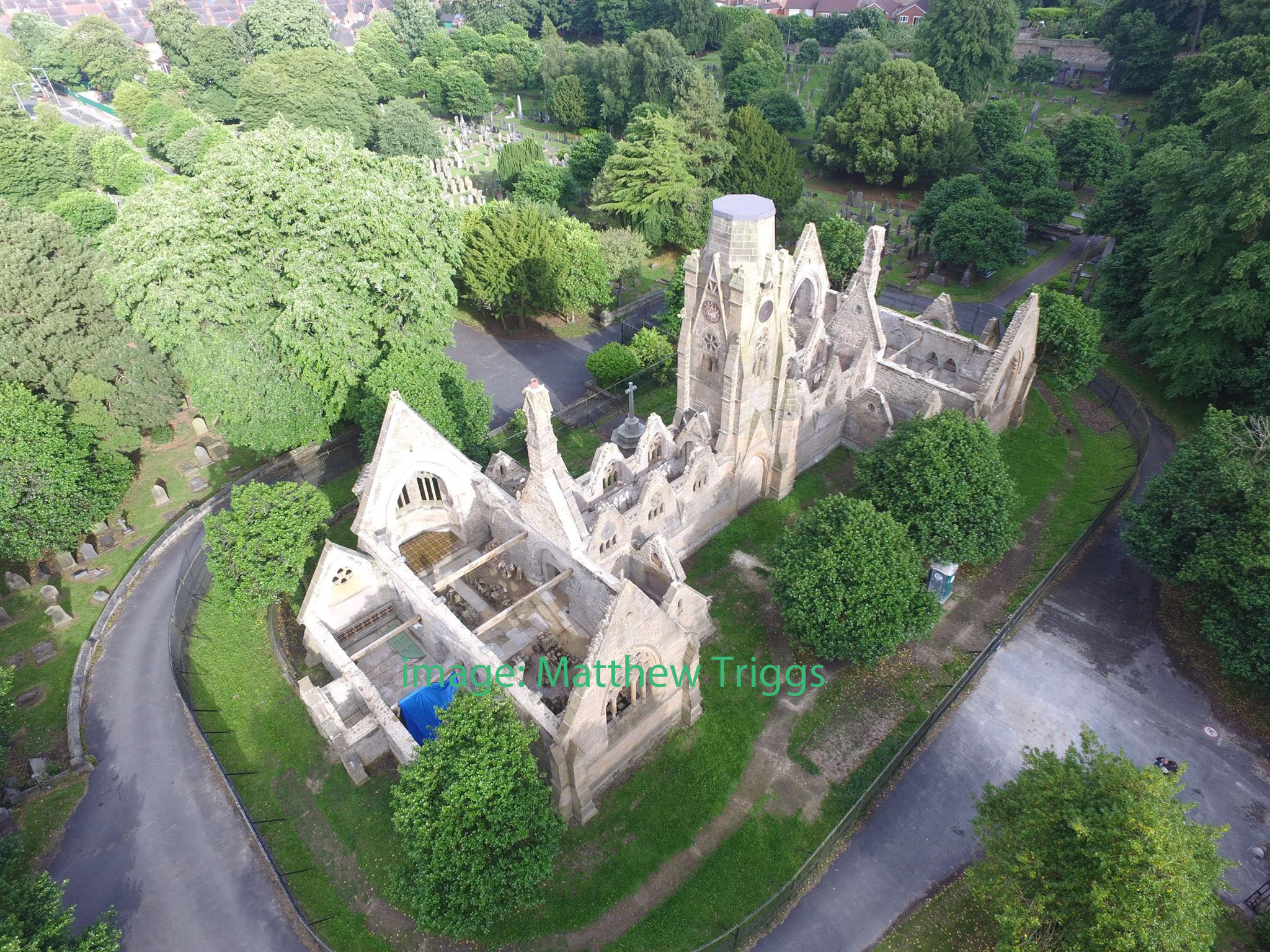 |
|
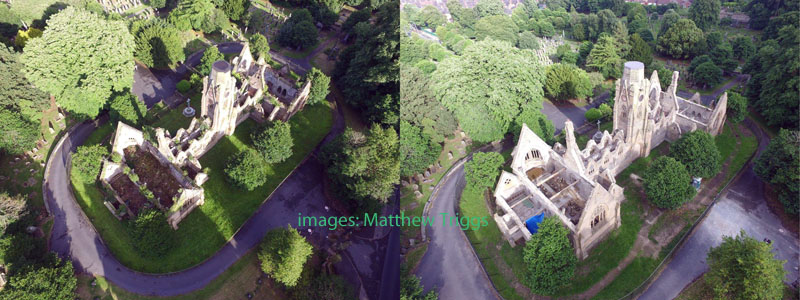 |
|
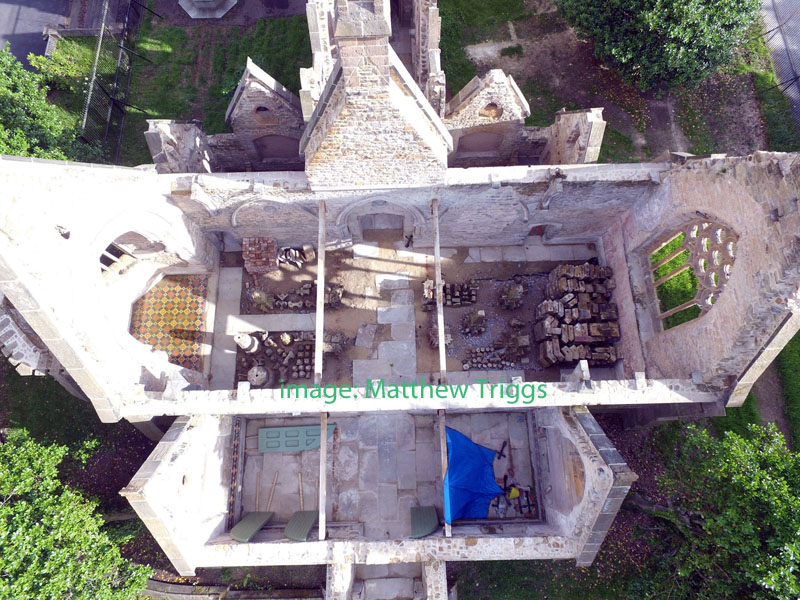 |
|
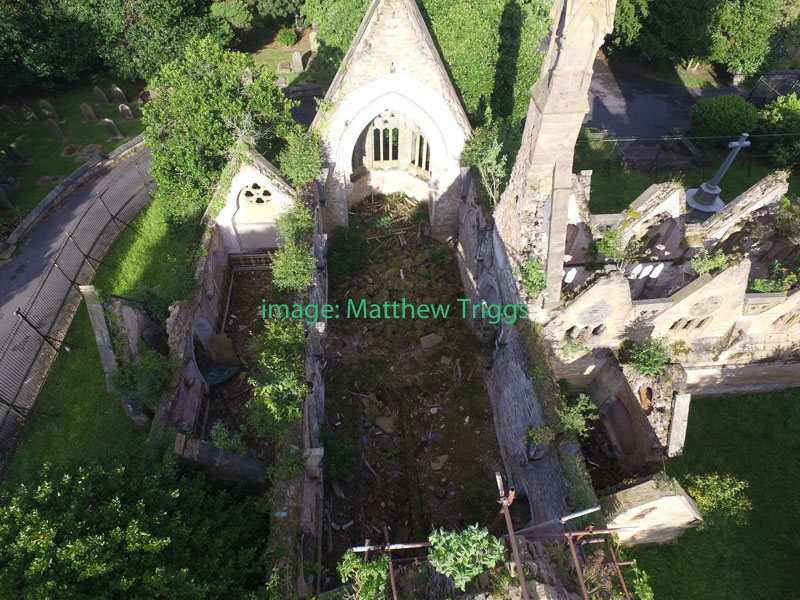 |
|
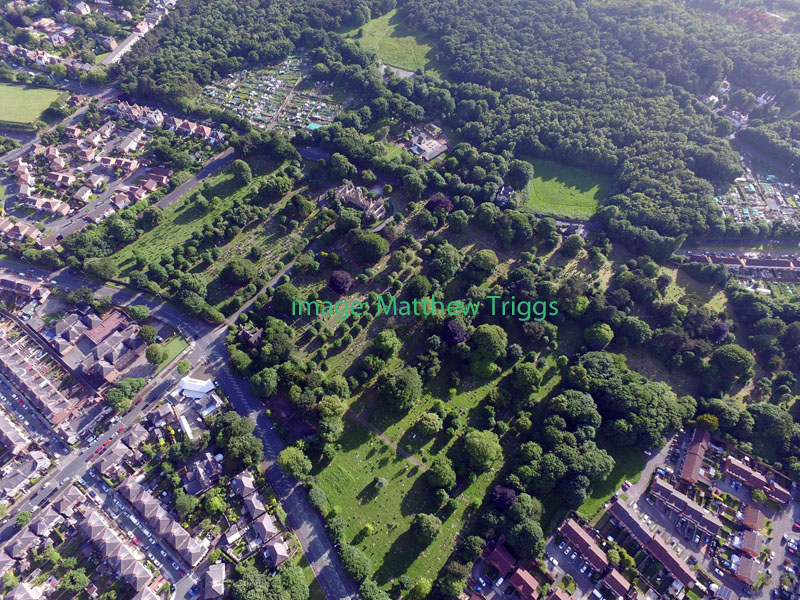 |
|
Related
http://www.gavinrymill.com/flaybrickrick/
http://www.uboat.net/boats/u480.htm
http://www.uboat.net/allies/merchants/ship.html?shipID=3328